Transform your garden into a masterpiece with a single, timeless touch—a garden urn.
Yes, it’s that simple. Whether you’re a seasoned gardener or just dipping your toes into the world of horticulture, adding an urn to your outdoor space can elevate its charm and functionality in ways you might not have imagined.
Garden urns have been a symbol of elegance and sophistication for centuries. From ancient Roman courtyards to modern suburban patios, these versatile vessels have stood the test of time. But beyond their visual allure, urns offer a range of practical benefits that can help your garden thrive. Let’s explore how this seemingly simple addition can transform your outdoor space.
1. Aesthetic Appeal: Elevate Your Garden’s Visual Charm
One of the most immediate and obvious benefits of adding an urn to your garden is its aesthetic appeal. Urns come in a variety of designs, sizes, and materials, from classical stone to modern ceramic. Their timeless elegance can enhance any garden style, whether you're going for a rustic, traditional, or contemporary look.
Placed strategically, an urn can become the centerpiece of your garden, drawing the eye and creating a focal point. You can also use urns to complement existing garden features like water fountains, statues, or flower beds. Their versatility allows them to blend seamlessly into various landscapes while adding a touch of sophistication. Even a small, modest garden can be elevated with the addition of a well-placed urn.
Furthermore, urns come in different finishes—glossy, matte, or aged patina—allowing you to match them with other elements in your garden. The visual charm they offer is not only eye-catching but also long-lasting, as many urns are crafted from durable materials that withstand weather and age gracefully over time.
2. Versatile Planting Options
Urns offer a unique planting opportunity that standard garden beds may not provide. Due to their deep structure, urns are ideal for plants that require substantial root space. This makes them perfect for growing a wide variety of plants, from vibrant flowering plants to lush ferns and even small trees. You can experiment with different plant combinations to create striking displays.
Additionally, the elevated height of urns can be beneficial for showcasing cascading plants like ivy, sweet potato vines, or petunias. The dramatic effect of plants spilling over the edge of an urn adds a dynamic layer of beauty to your garden. This not only enhances the vertical interest in your garden but also provides an opportunity to play with color, texture, and form in your planting designs.
Urns also offer the flexibility of seasonal planting. You can change the contents of your urns to reflect the time of year, from bright summer blooms to autumnal foliage or even festive winter arrangements. This adaptability keeps your garden feeling fresh and engaging throughout the year.
3. Improved Soil Quality and Drainage
Another significant advantage of using urns in your garden is the improved soil quality and drainage they offer. Unlike traditional garden beds, where soil can compact over time and lead to poor aeration, urns allow for better control over the soil environment. You can tailor the soil mix to meet the specific needs of the plants you choose, whether it’s a moisture-retentive mix for tropical plants or a sandy, well-draining mix for succulents.
Many urns are designed with drainage holes at the bottom, which helps prevent waterlogging—a common issue that can lead to root rot and other plant diseases. The controlled environment inside an urn promotes healthy root development, ensuring your plants have access to the right balance of water and air.
Furthermore, if you find that your plants are struggling in one location, it’s easy to move the urn and test different soil and light conditions without disrupting the plant’s root system. This adaptability can lead to healthier, more vibrant plants in your garden.
4. Mobility and Flexibility
One of the practical benefits of incorporating urns into your garden is their mobility and flexibility. Unlike permanent garden fixtures or in-ground plantings, urns can be easily moved. This allows you to change the layout of your garden as often as you like or as needed. For example, you can reposition urns to accommodate seasonal light changes or to create a new focal point for a special event.
Mobility also provides an advantage when protecting your plants from extreme weather. If frost is forecast, or if you live in an area with harsh winters, you can simply move your urns to a sheltered location to prevent damage. Similarly, during periods of intense heat or heavy rain, you can reposition urns to protect sensitive plants.
This flexibility extends to experimenting with different garden layouts. You might want to try a symmetrical arrangement flanking a pathway or create an eclectic, artistic display with urns of varying heights and designs. The ability to experiment and refine your garden’s design without committing to permanent changes is a major benefit.
5. Enhancing Garden Themes and Personalization
Urns are not just functional; they are also a powerful tool for expressing your personal style and enhancing the theme of your garden. Whether you’re aiming for a Mediterranean oasis, an English cottage garden, or a modern minimalist space, there’s an urn to match your vision. The wide range of shapes, colors, and materials available allows for endless customization.
Beyond their visual contribution, urns can also be used to tell a story or reflect your personal interests. For instance, an antique urn might add a sense of history and nostalgia, while a sleek, geometric urn could highlight your affinity for contemporary design. Some gardeners even use urns as a canvas for their creativity, painting or decorating them to add a unique touch.
Urns also lend themselves well to seasonal themes. In the spring and summer, you can fill them with colorful flowers, while in the autumn, they can be used to display pumpkins, gourds, or dried grasses. During the holiday season, you can transform them into festive decor with evergreens, ornaments, and fairy lights. This versatility ensures your garden remains lively and engaging year-round.
A Timeless Addition to Your Garden
Adding an urn to your garden is more than just a decorative choice; it’s a decision that brings a host of benefits. From enhancing visual appeal and offering versatile planting options to improving soil quality and providing mobility, urns are a valuable addition to any garden space. Their timeless design and practical advantages make them suitable for gardens of all sizes and styles.
Whether you’re looking to create a focal point, experiment with different plants, or simply add a touch of elegance, an urn is a versatile and enduring solution. With so many styles and uses, an urn can help you personalize your garden and enjoy its beauty and functionality throughout the year. Why not explore the possibilities today and discover how an urn can transform your garden into a stunning, serene sanctuary?
Frequently Asked Questions
What types of materials are garden urns made from?
Garden urns come in a variety of materials, including stone, ceramic, terracotta, metal, and fiberglass. Each material offers different benefits in terms of durability, weight, and aesthetic appeal, allowing you to choose one that best suits your garden’s style and climate conditions.
How do I choose the right size urn for my garden?
The right size depends on your garden’s layout and the role you want the urn to play. For smaller gardens, a medium or small urn can add charm without overwhelming the space. In larger gardens, a grand urn can serve as a stunning centerpiece or focal point.
Can garden urns withstand extreme weather conditions?
Many garden urns are designed to be weather-resistant, but their durability can vary based on the material. Stone and concrete urns are particularly robust, while ceramic and terracotta may need protection during freezing temperatures to avoid cracking.
What kind of plants work best in garden urns?
Urns are versatile and can accommodate a wide range of plants, from vibrant flowers like petunias and geraniums to lush greenery such as ferns and ivy. You can also use them for small trees or seasonal arrangements to keep your garden dynamic throughout the year.
How do I maintain proper drainage in my garden urn?
Most urns come with drainage holes to prevent waterlogging. Ensure these holes are not blocked and consider adding a layer of gravel or pebbles at the bottom before planting to improve drainage. Using the right soil mix tailored to your plants’ needs is also essential.
Can I use garden urns to enhance specific garden themes?
Absolutely! Urns are perfect for enhancing various garden styles. For a classical look, opt for stone or aged urns. Sleek, geometric urns suit modern spaces, while terracotta works well in Mediterranean or rustic settings. You can even personalize urns with seasonal decorations or custom paint.
Related Articles
Garden Urns 101: Selecting, Installing, and Maintaining Your Perfect Piece
Garden Urns: Historical Significance and Modern Interpretations
A Buyer's Guide to Garden Urns: What to Know Before You Invest
Preventing Algae in Water Fountains: A Complete Guide


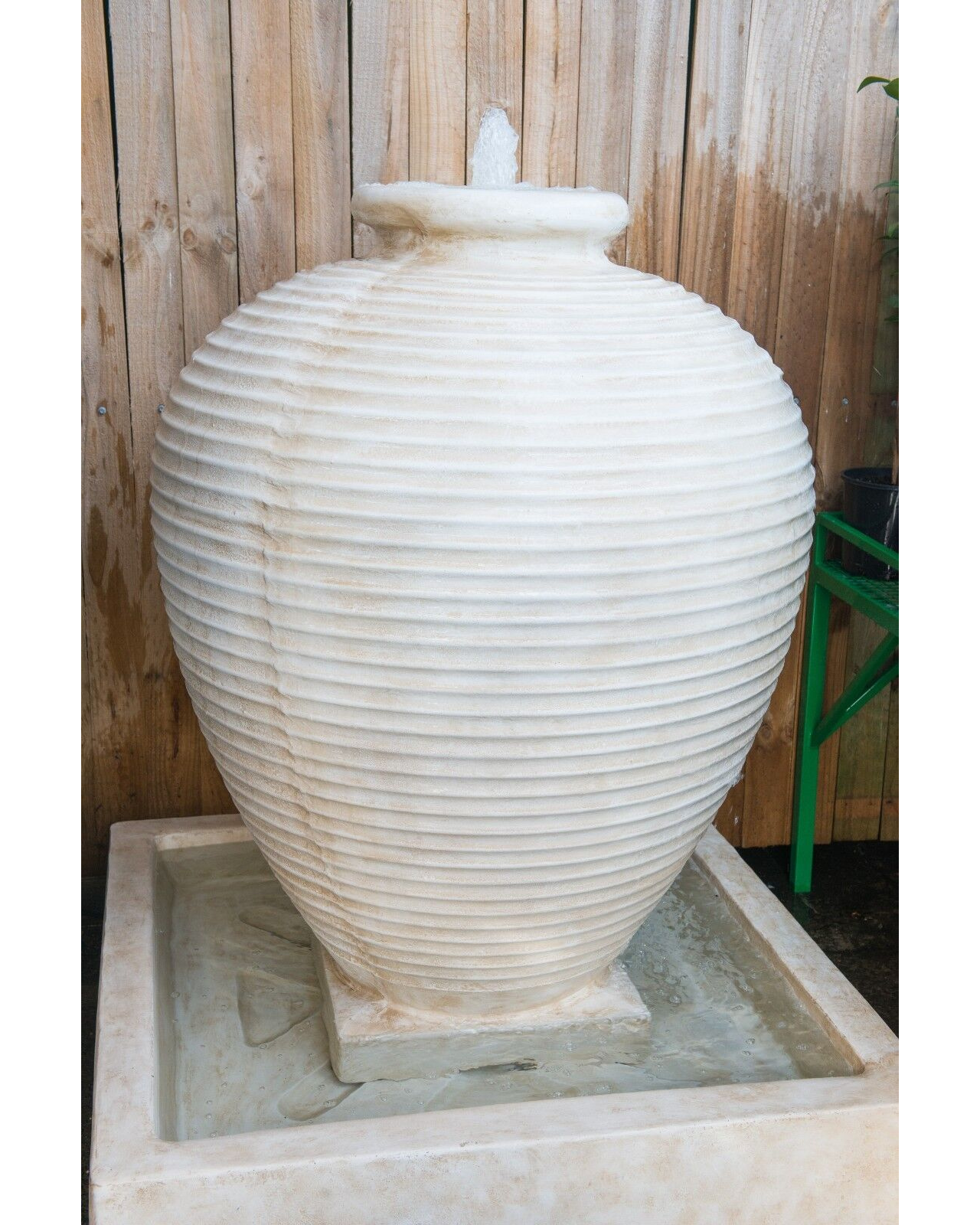

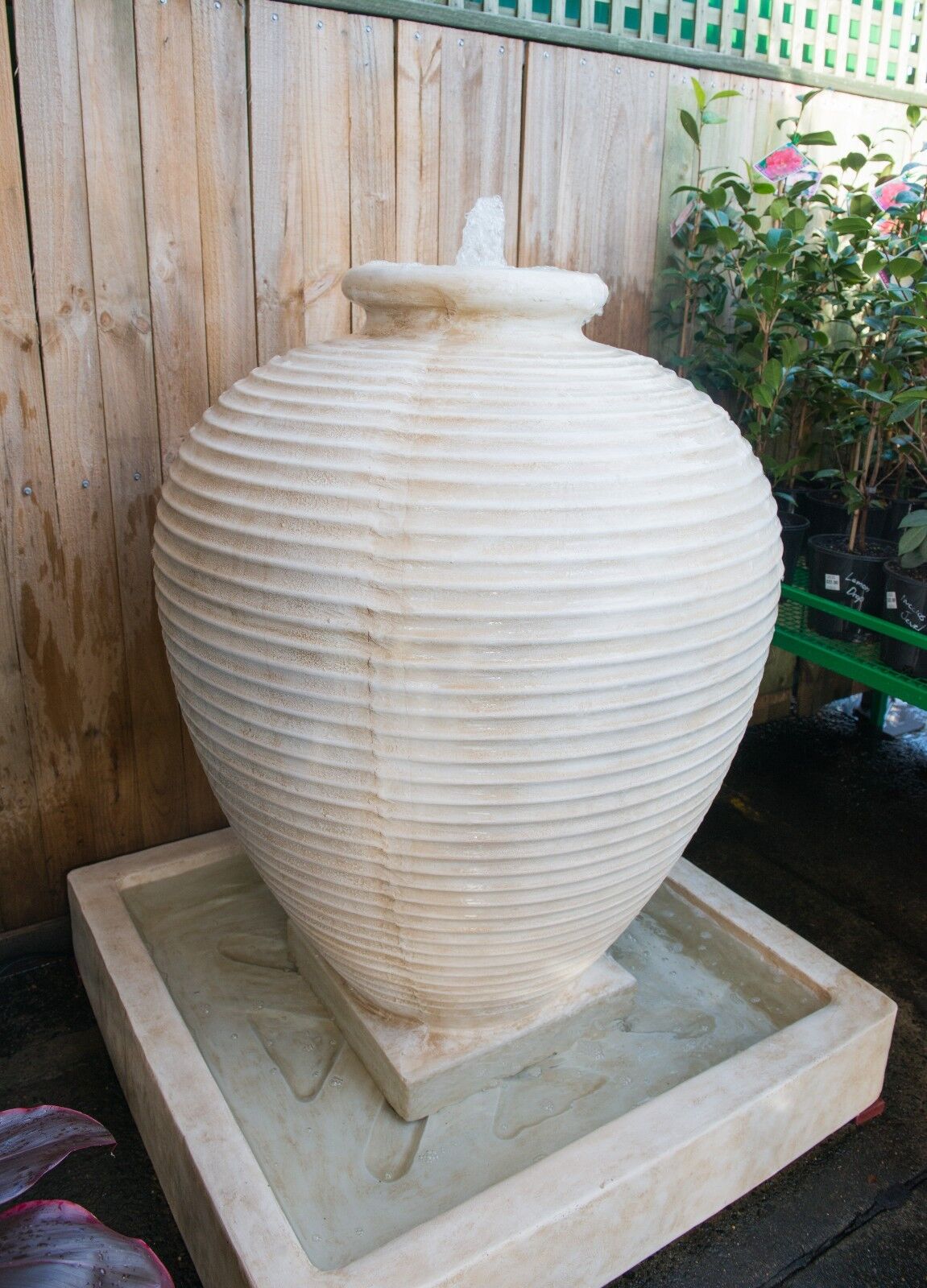
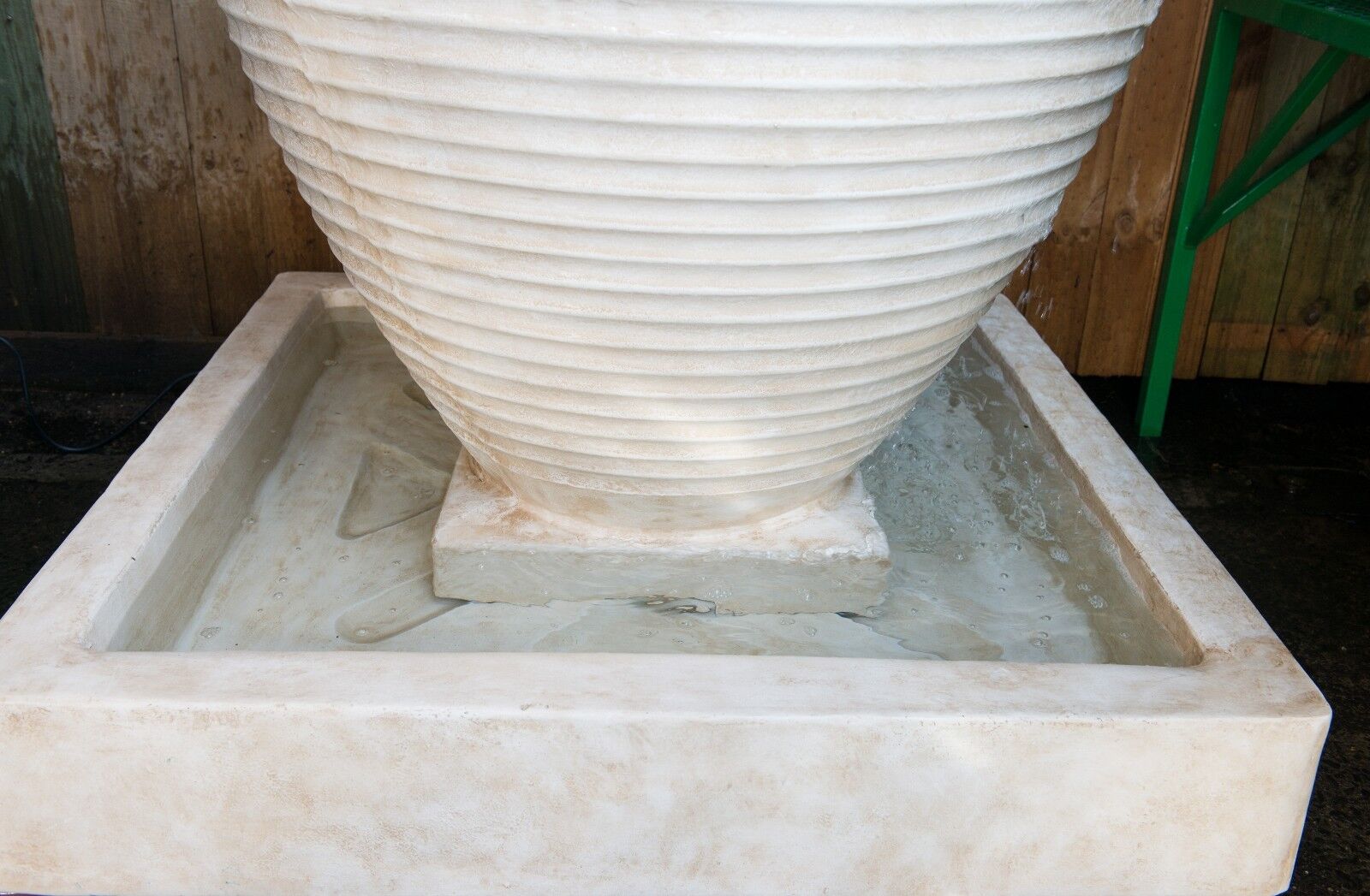
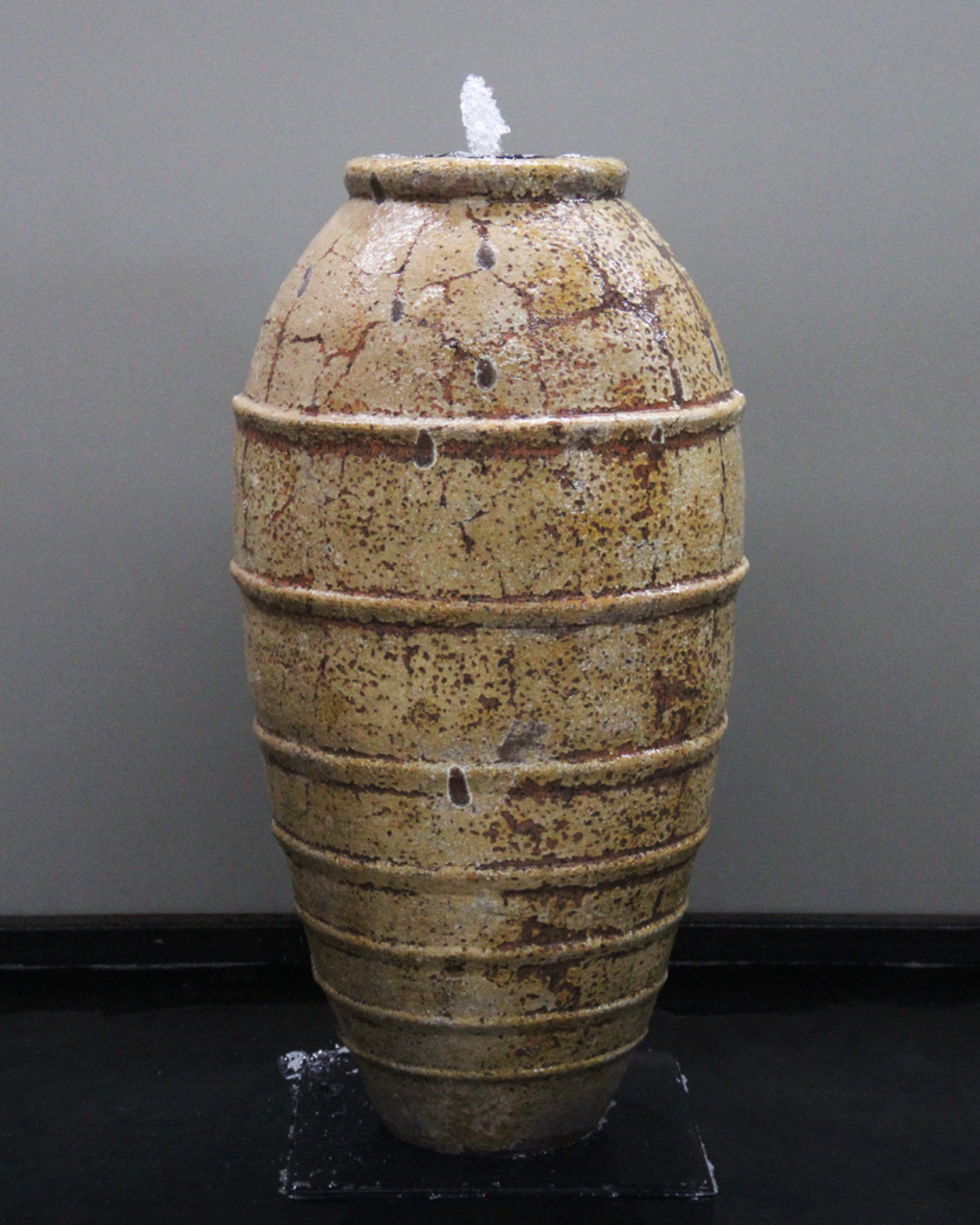

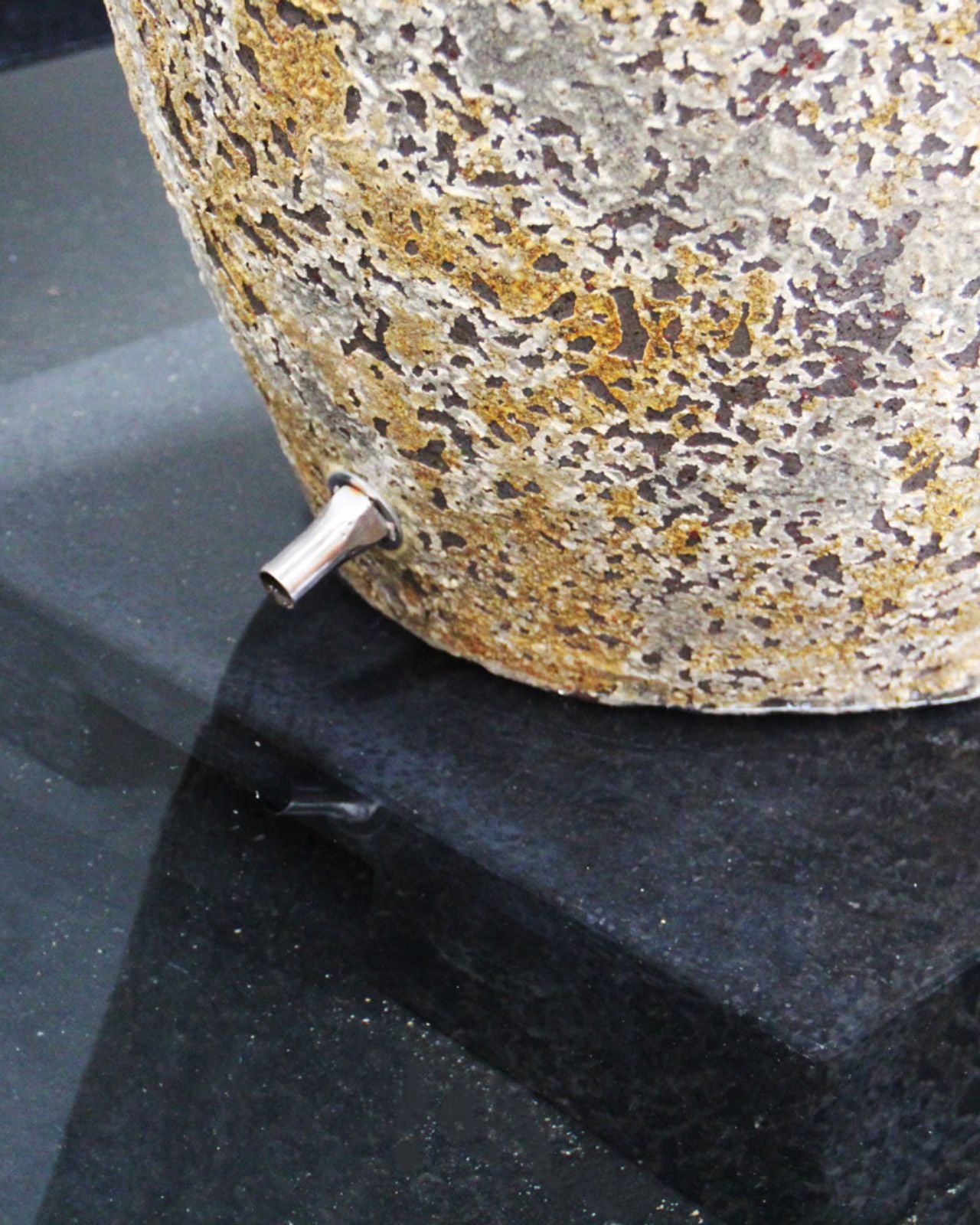
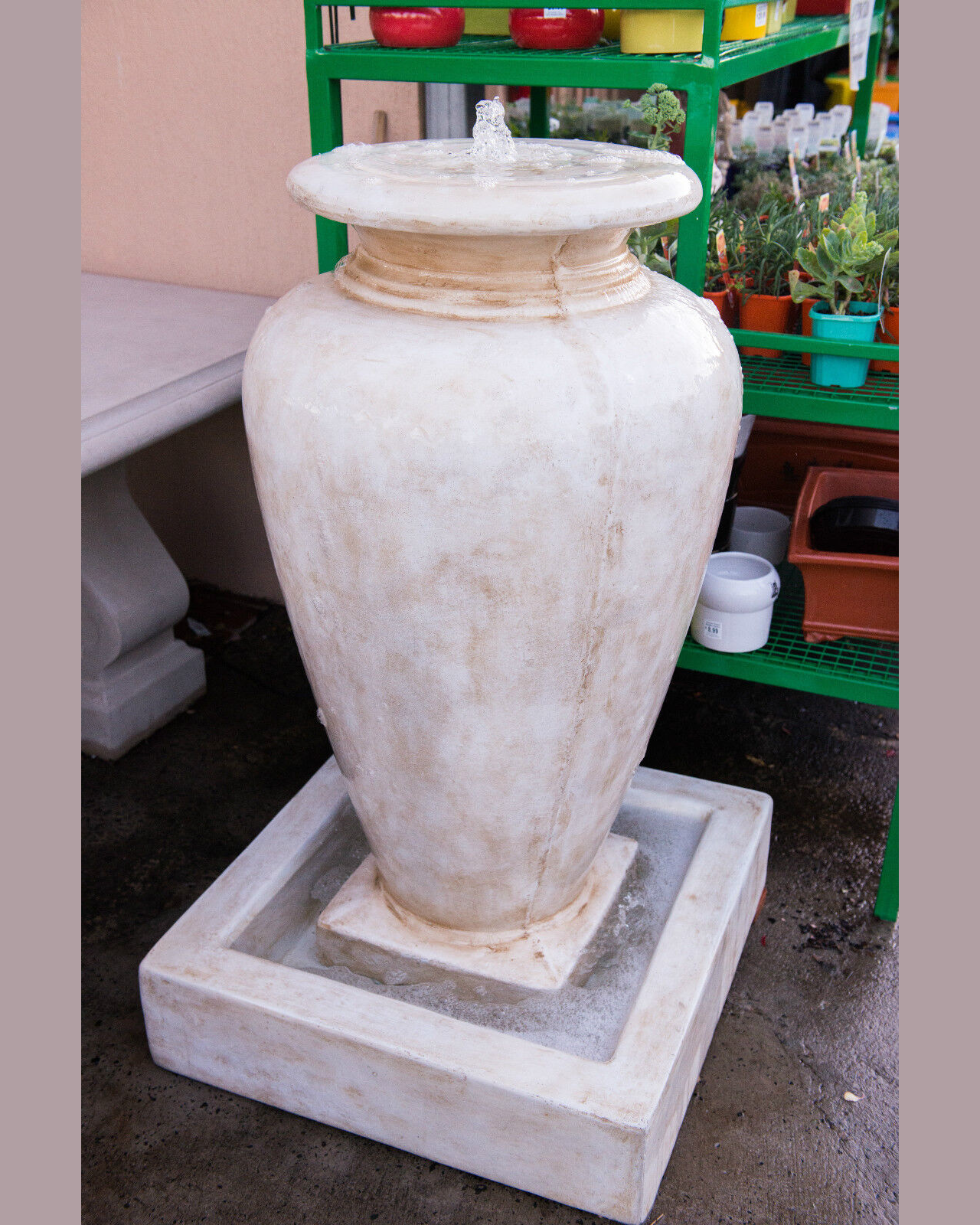

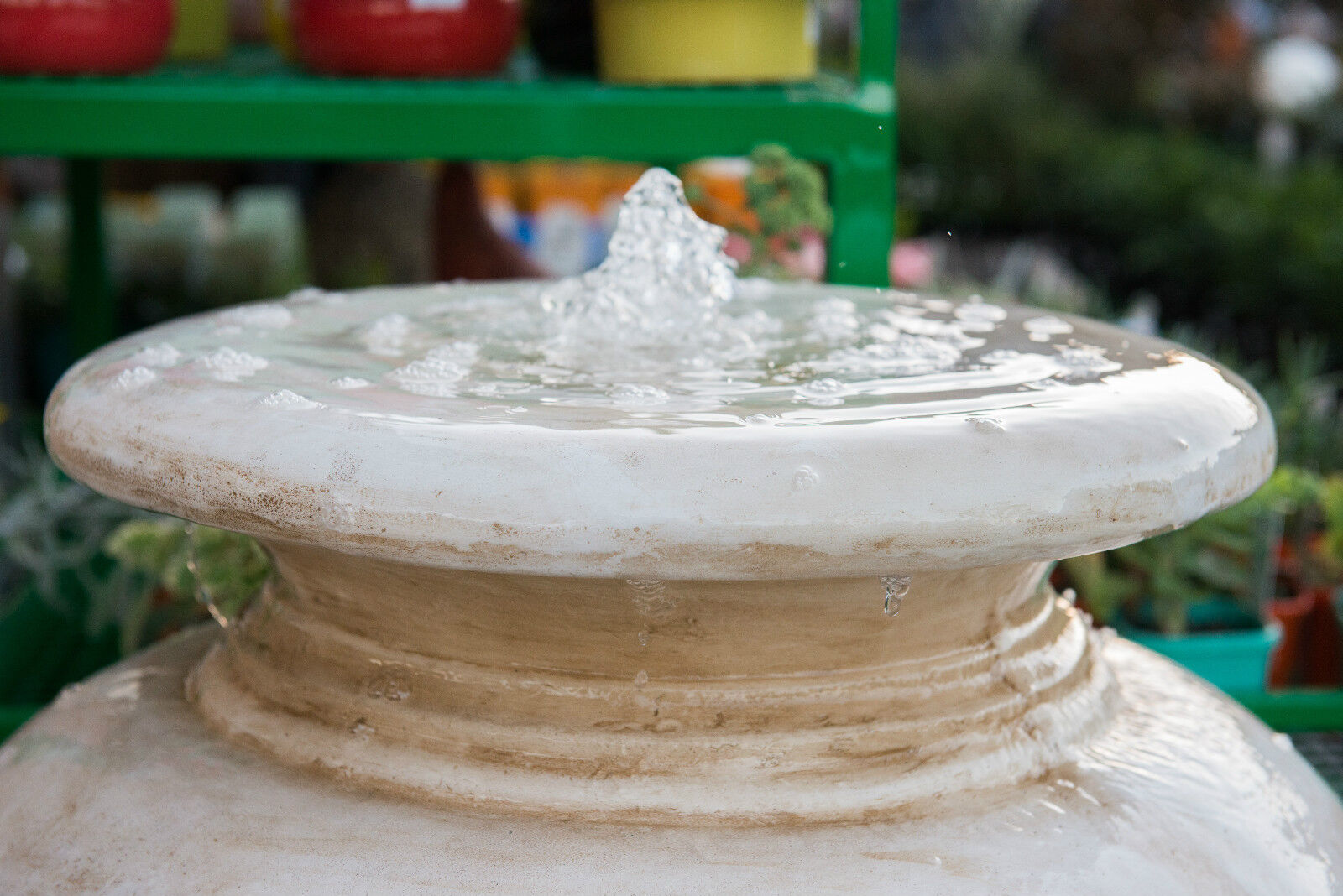
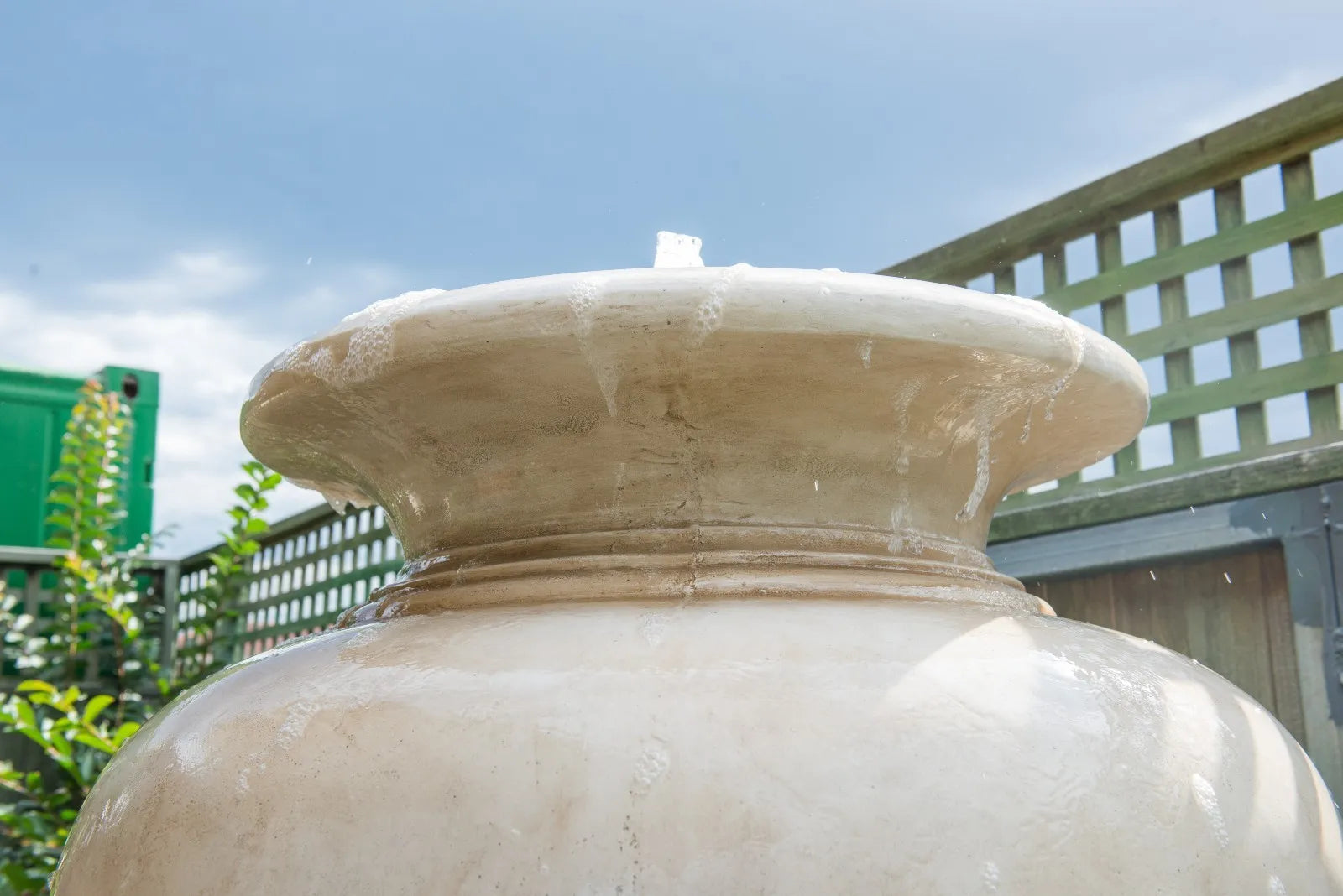
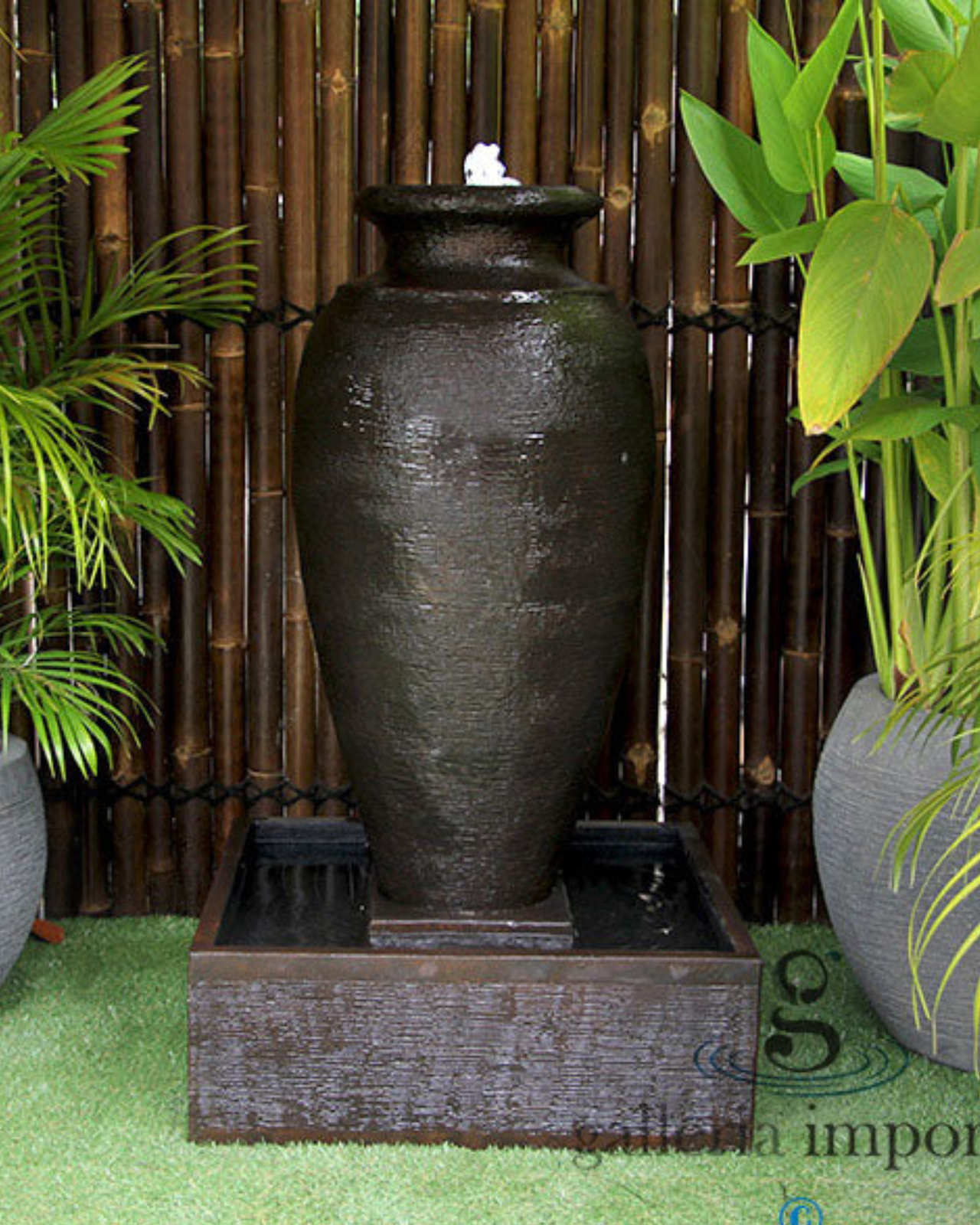

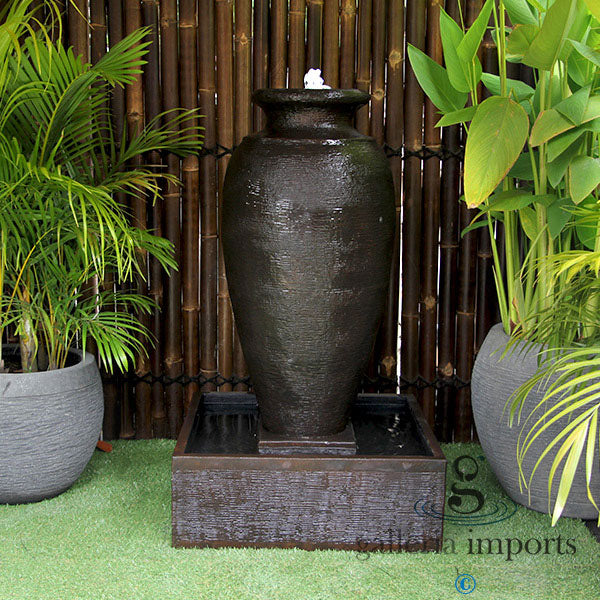
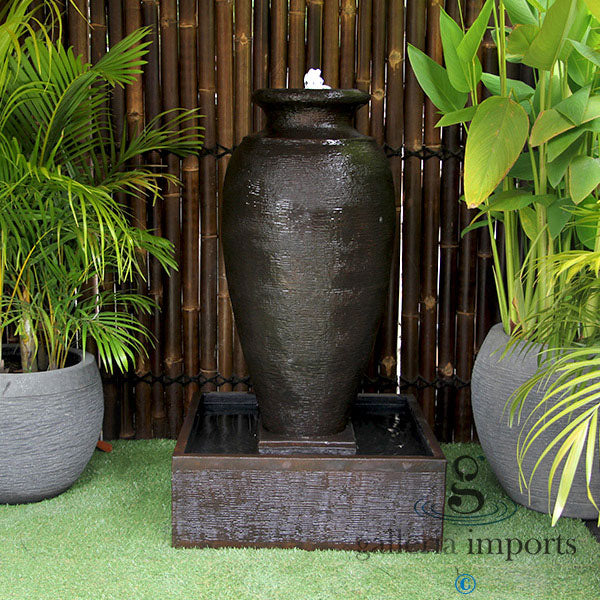
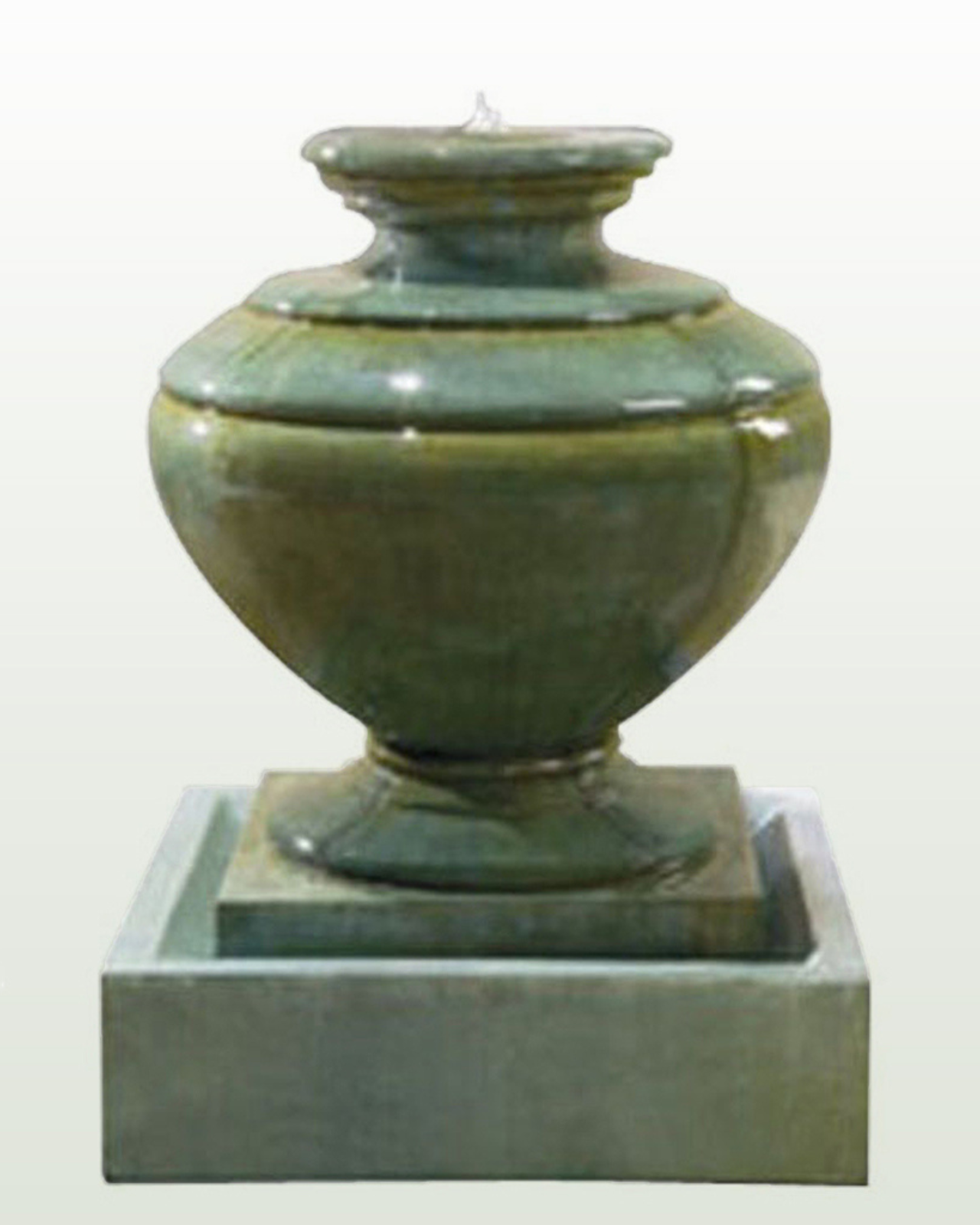
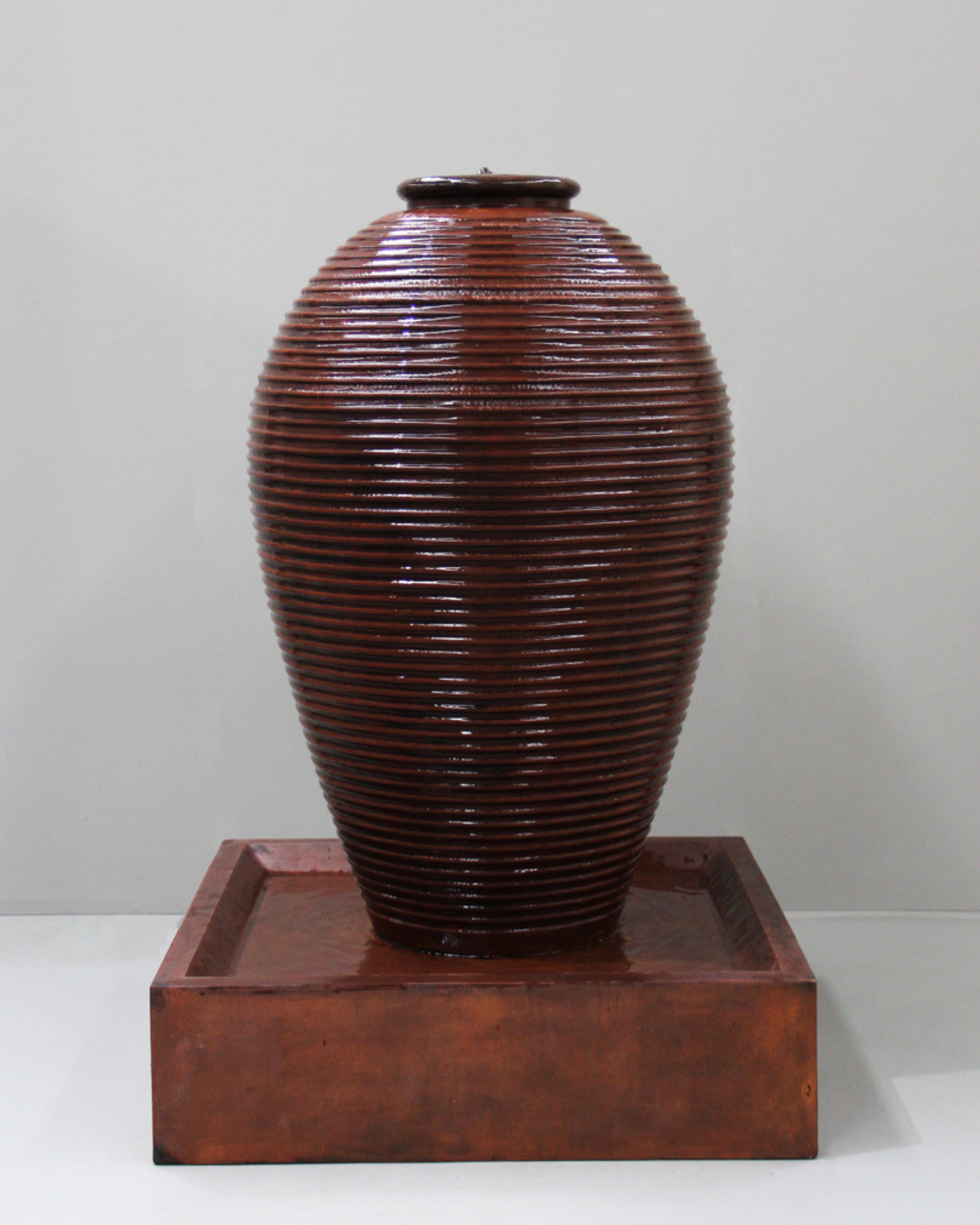
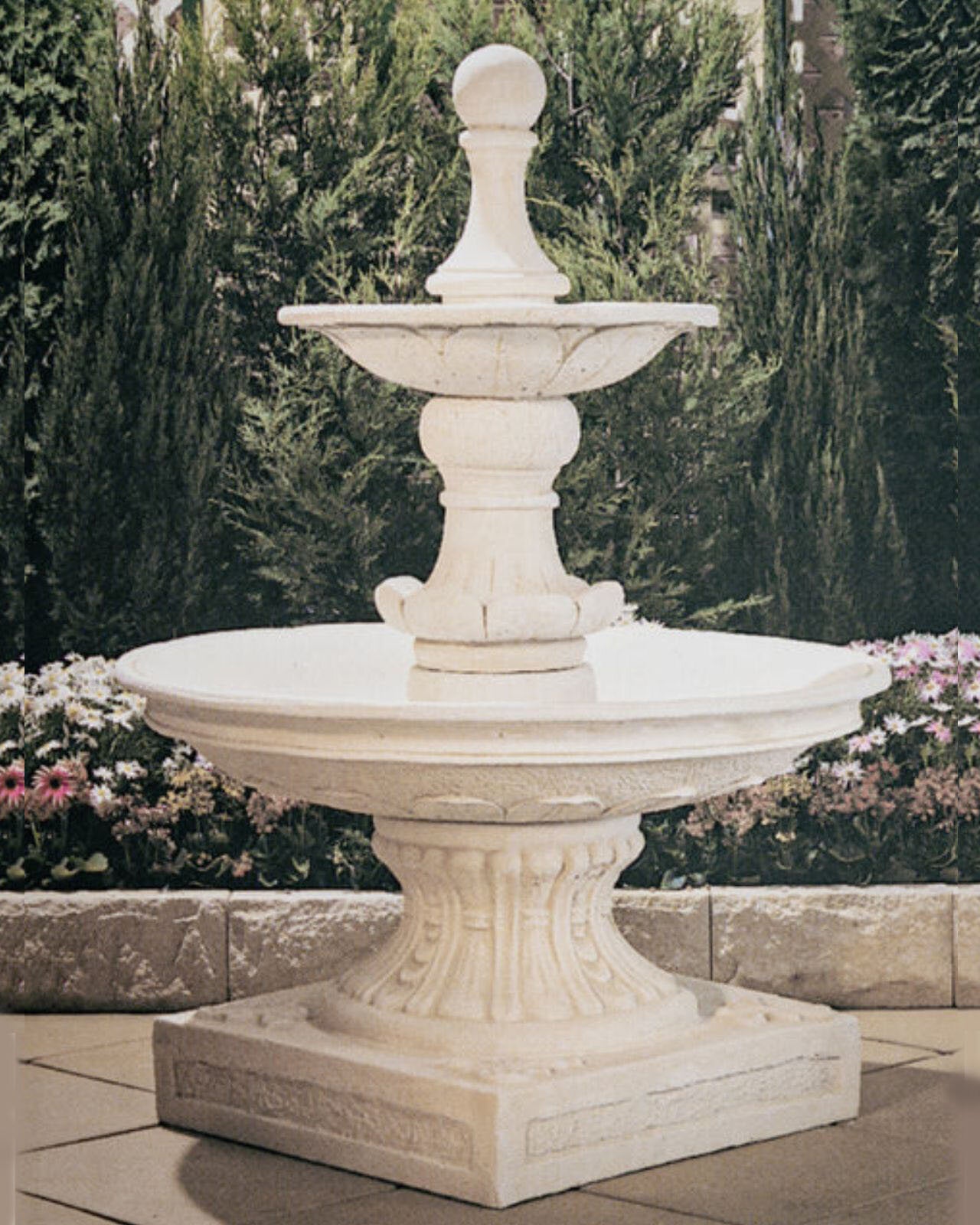
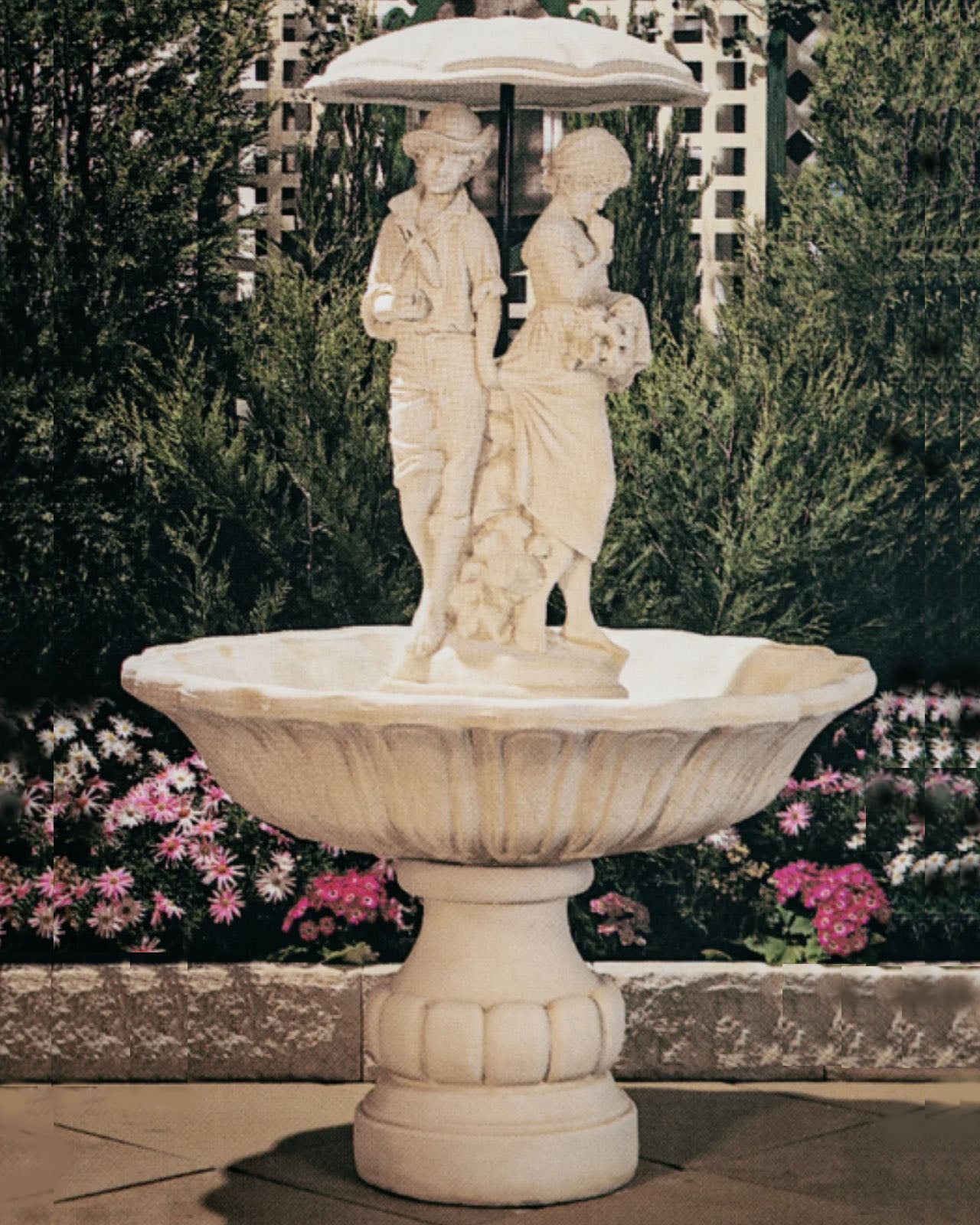
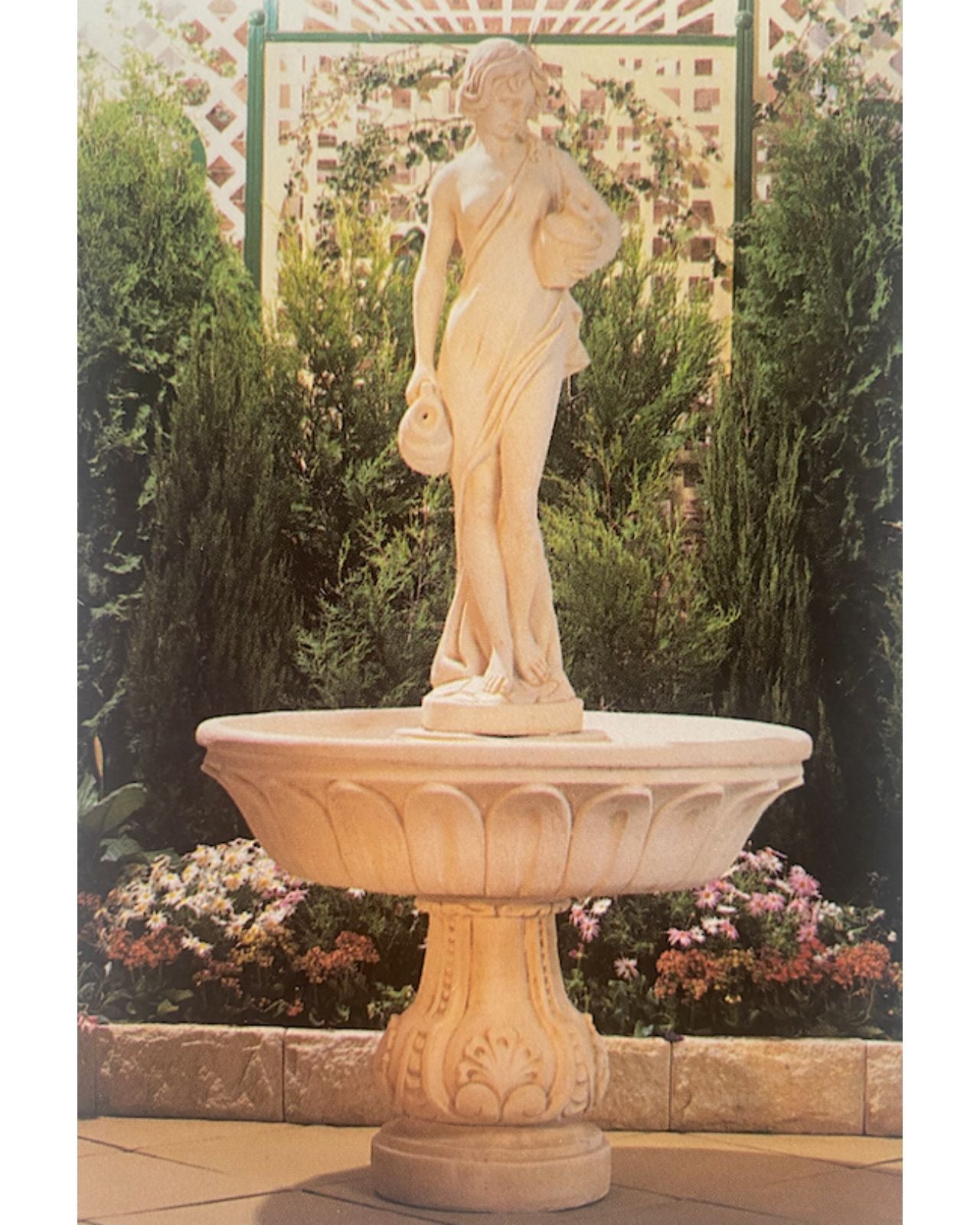
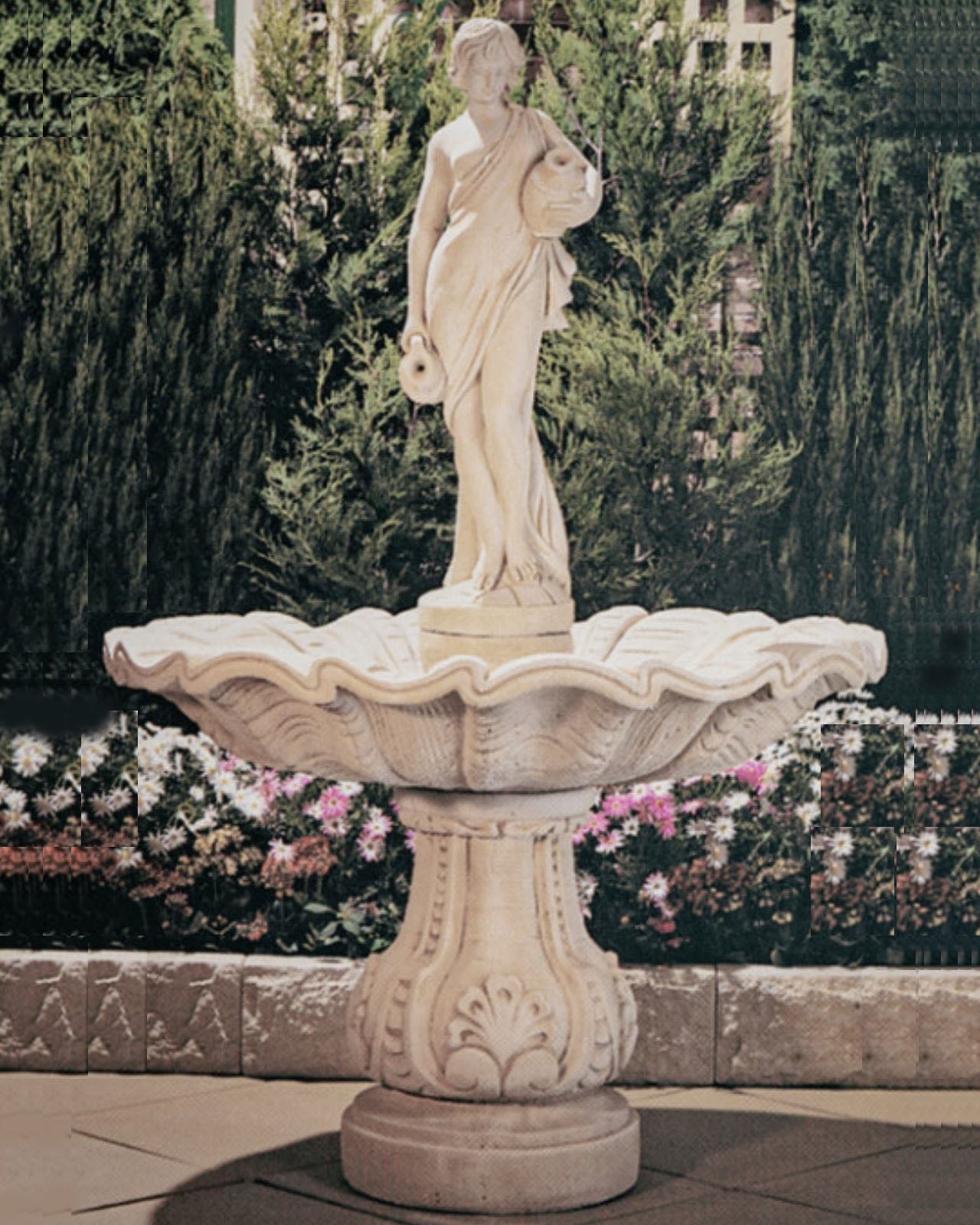
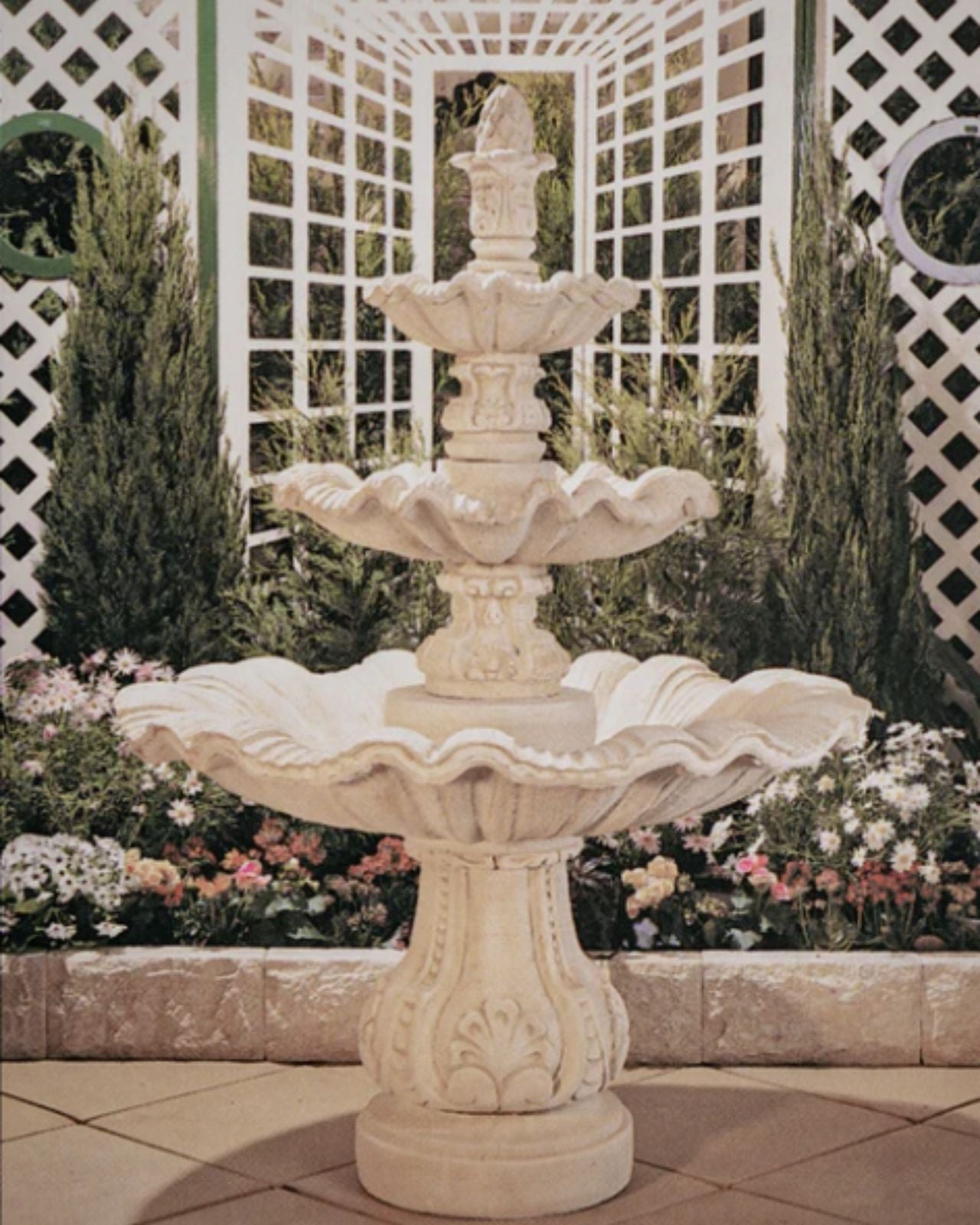
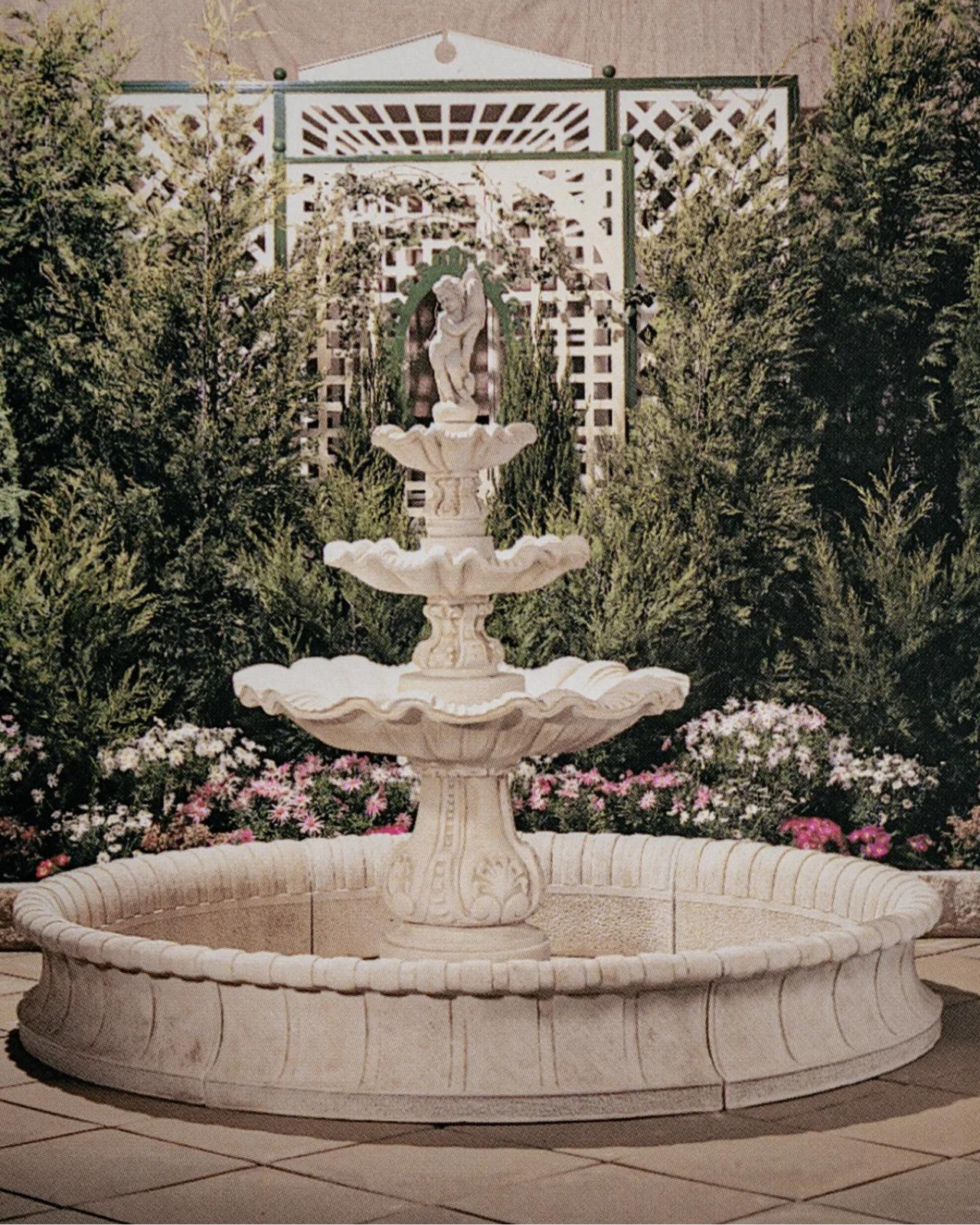
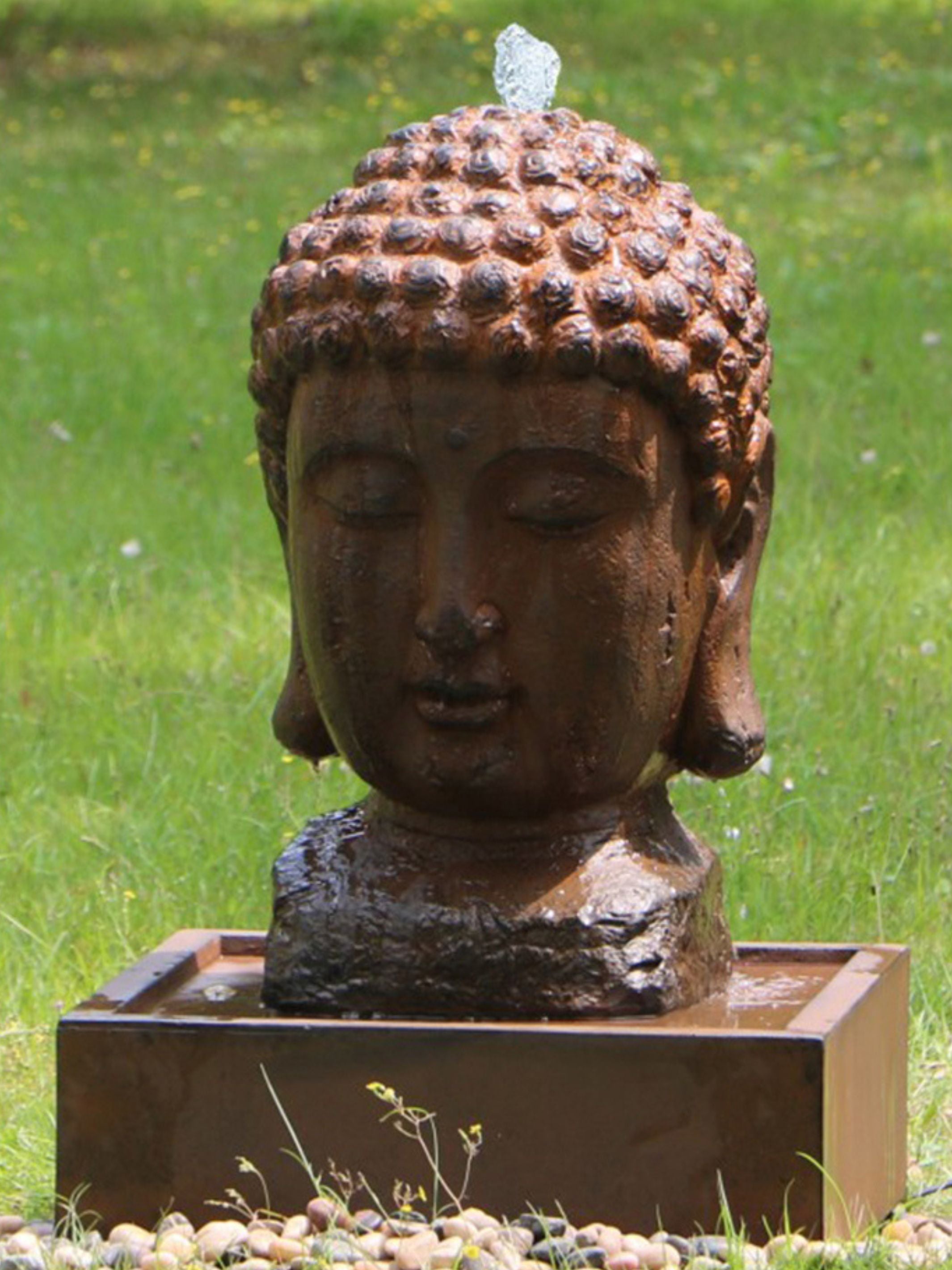
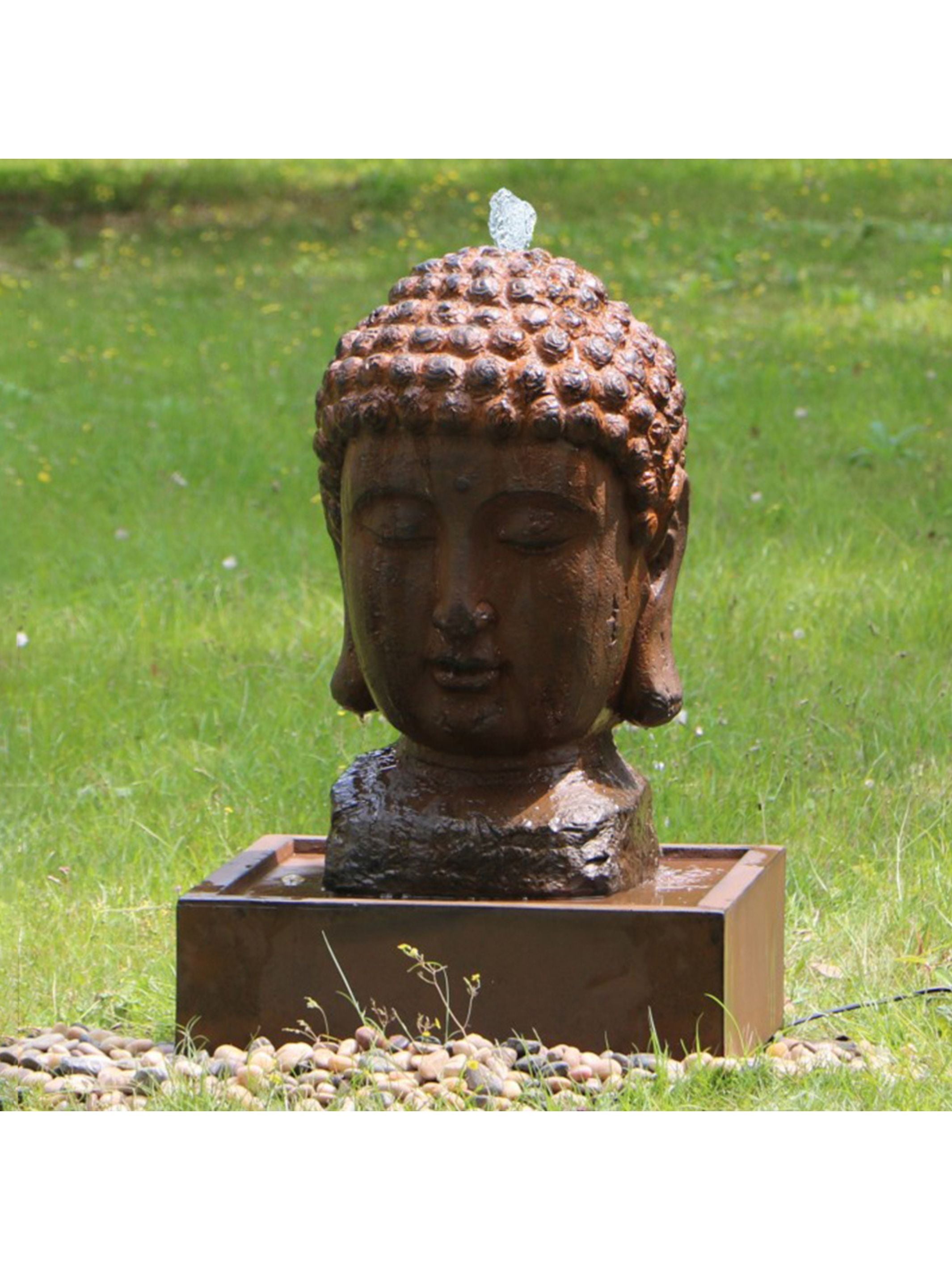
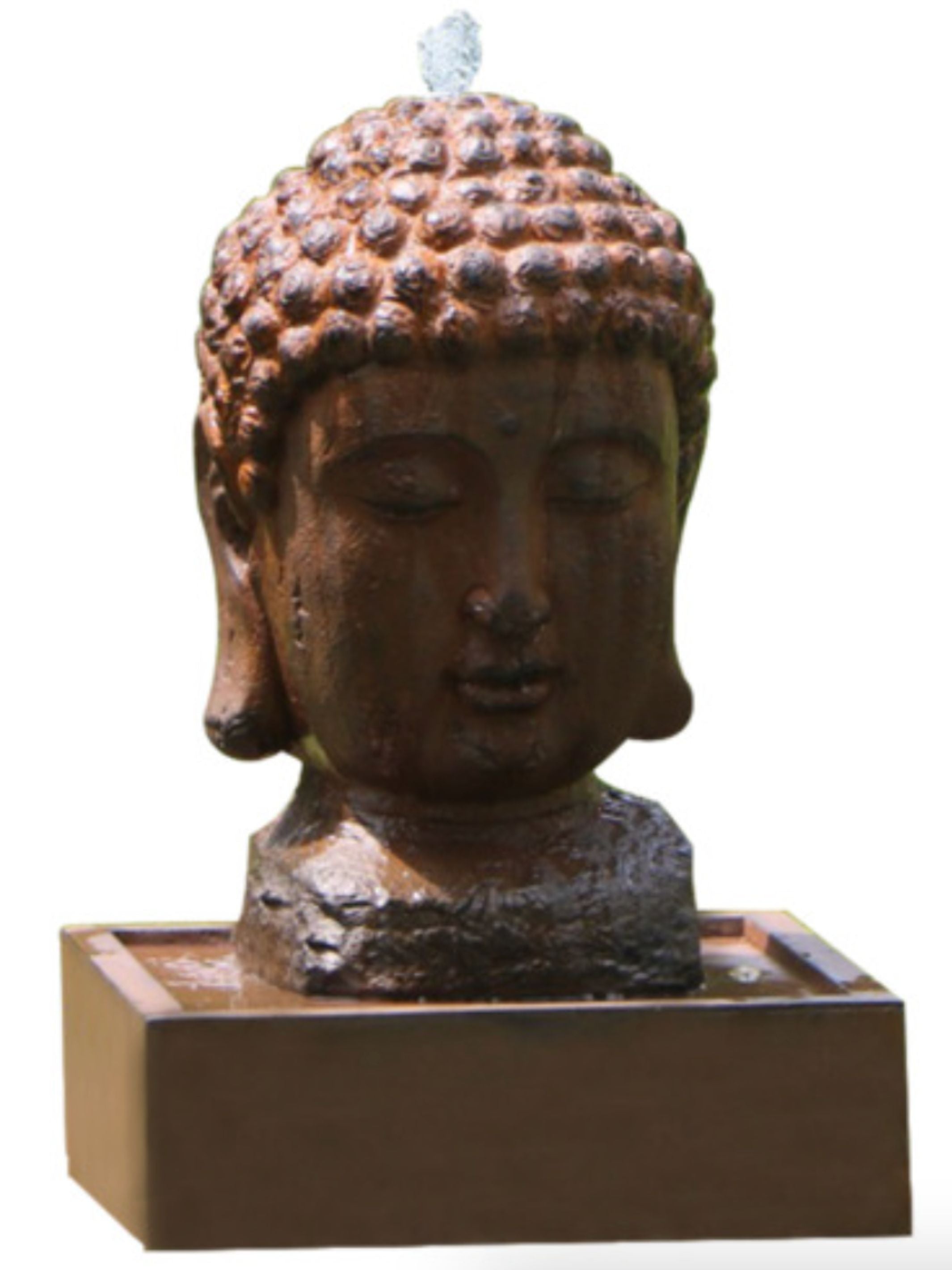
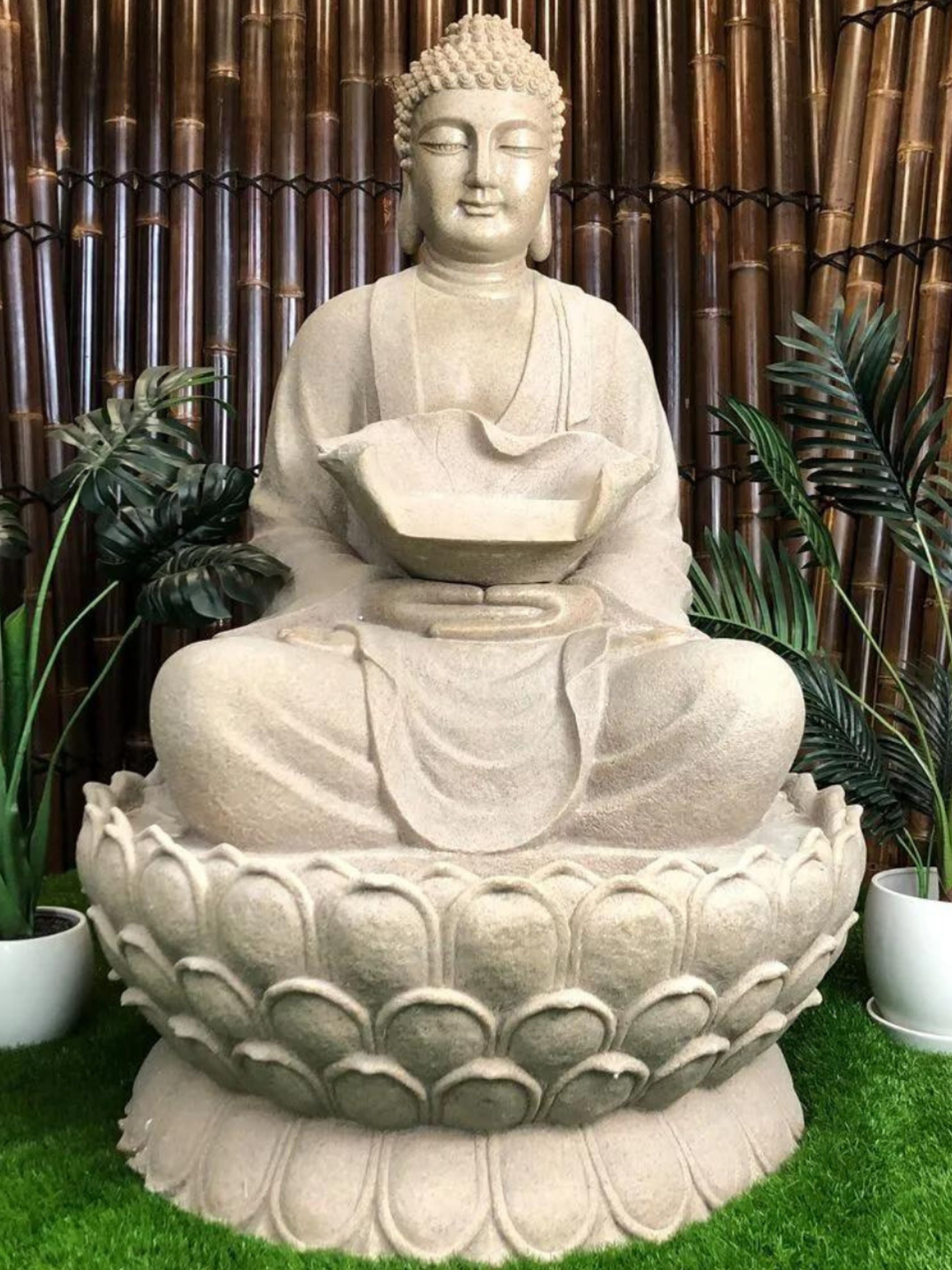



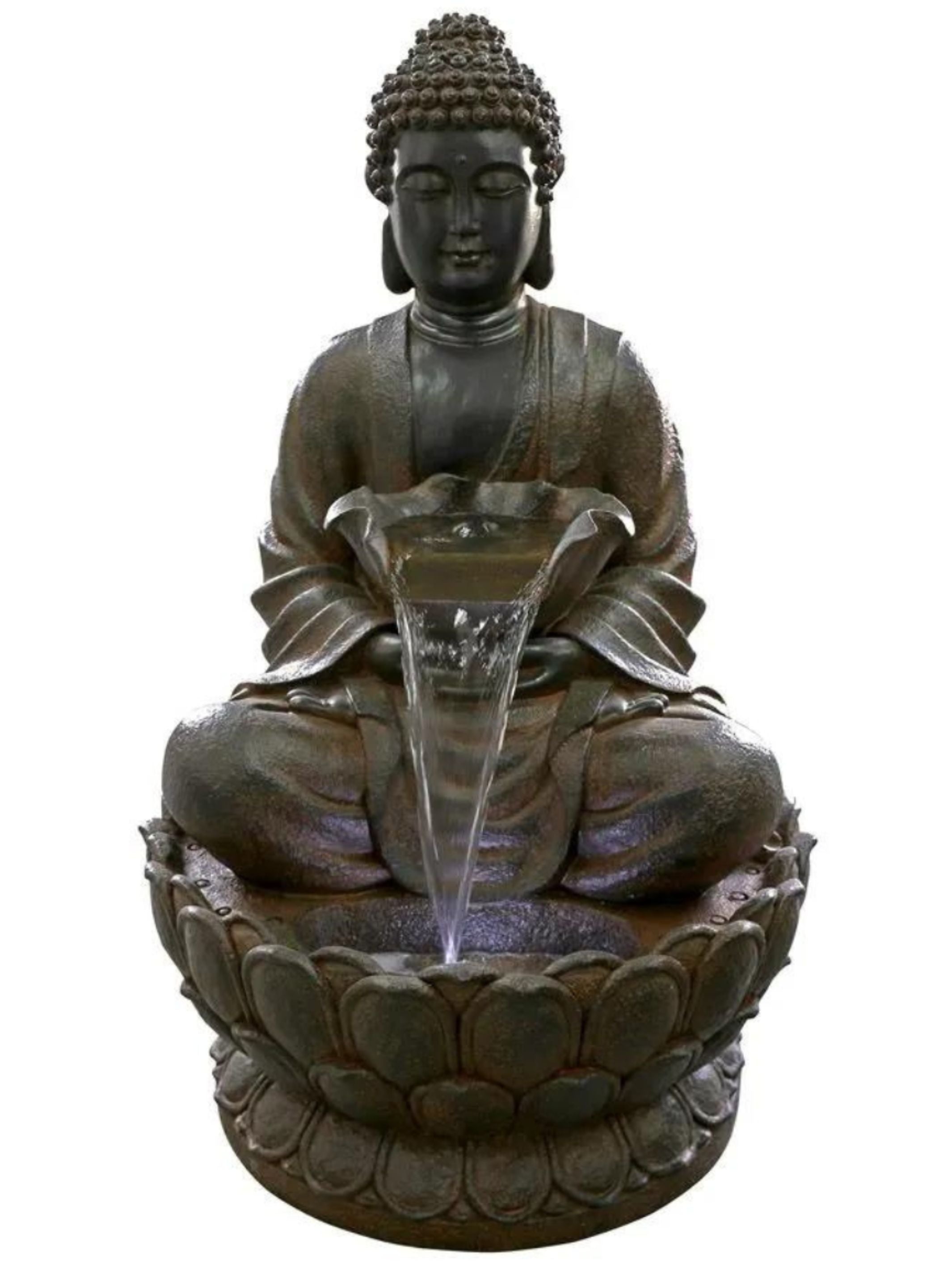







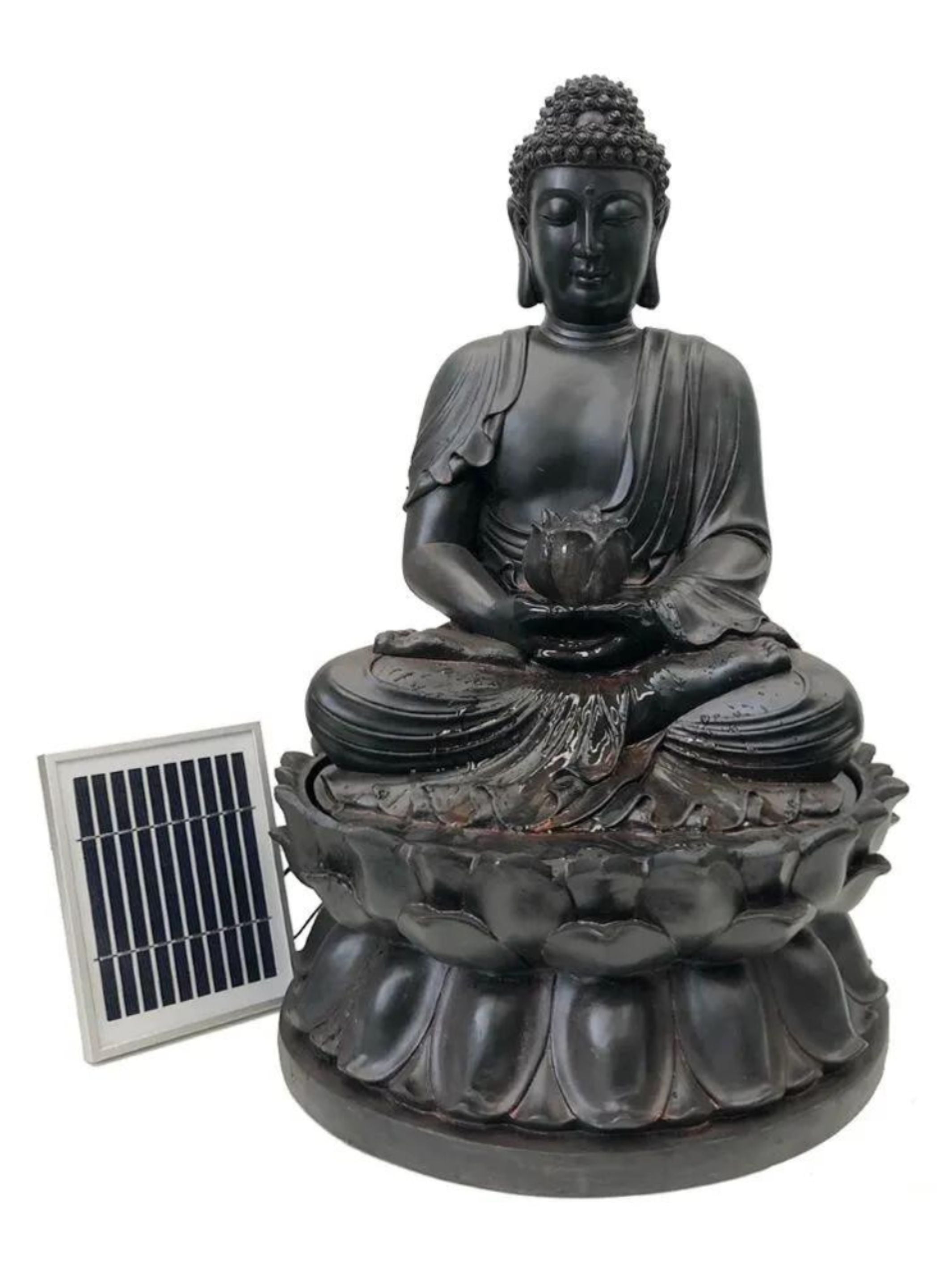

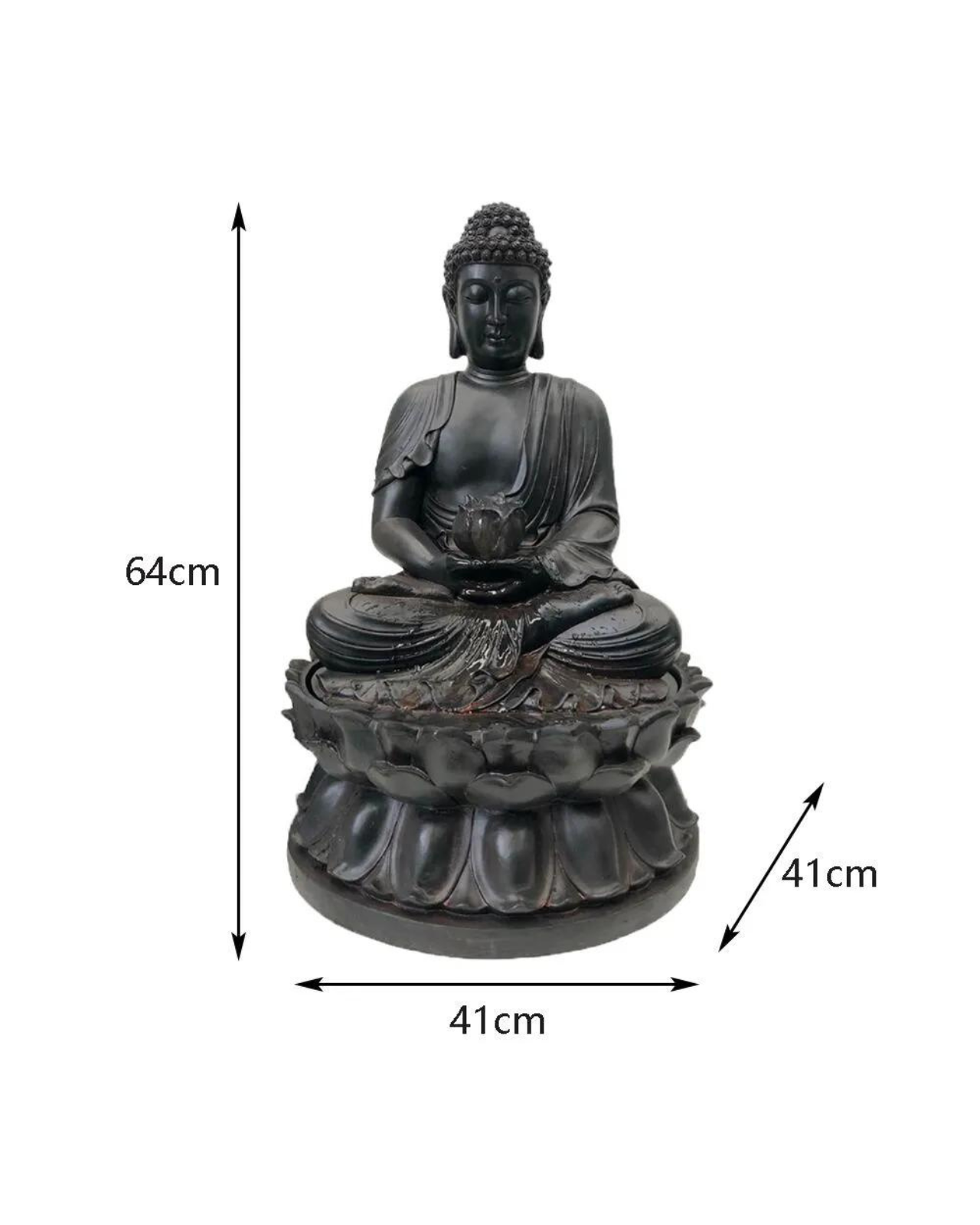
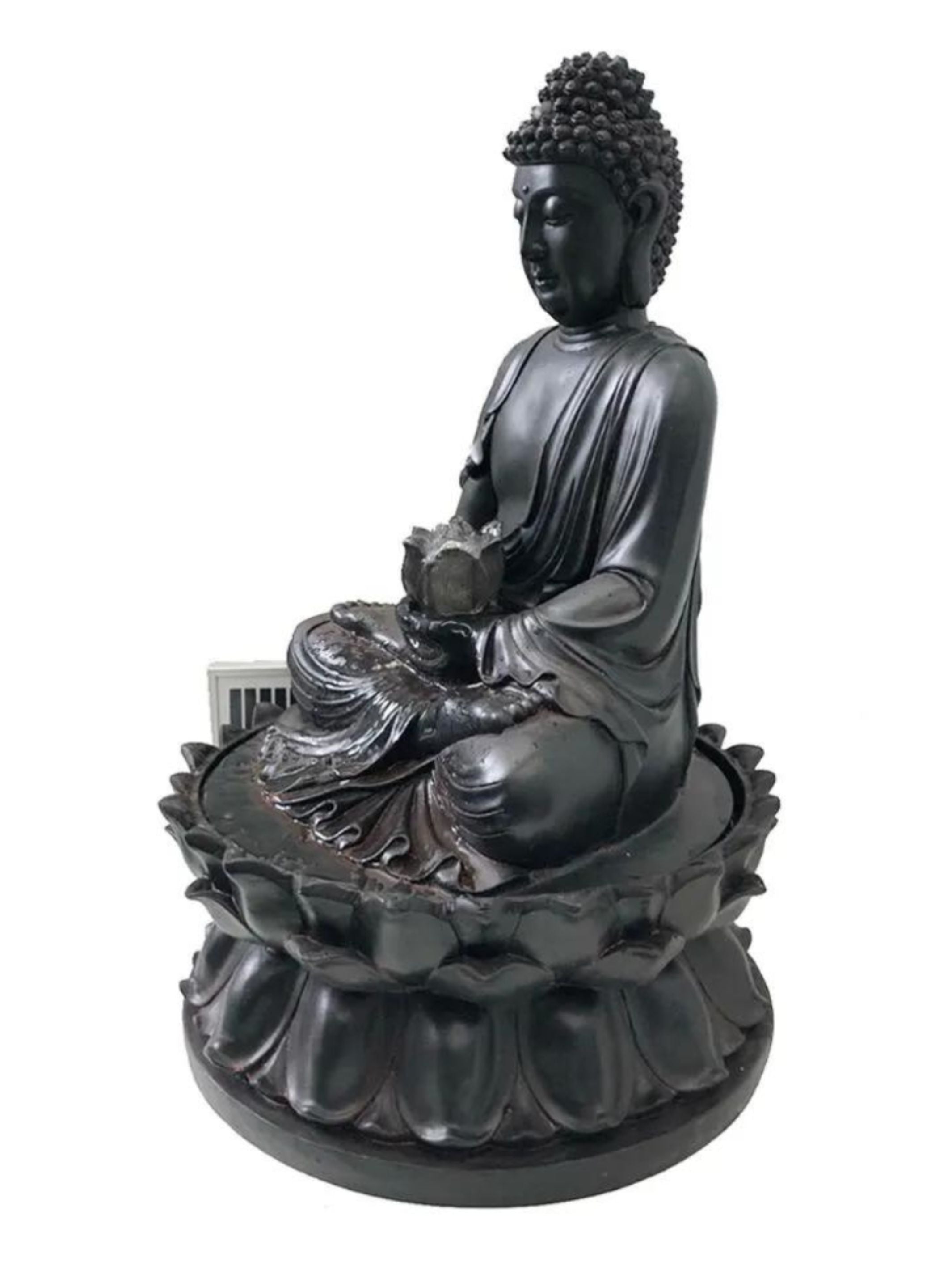
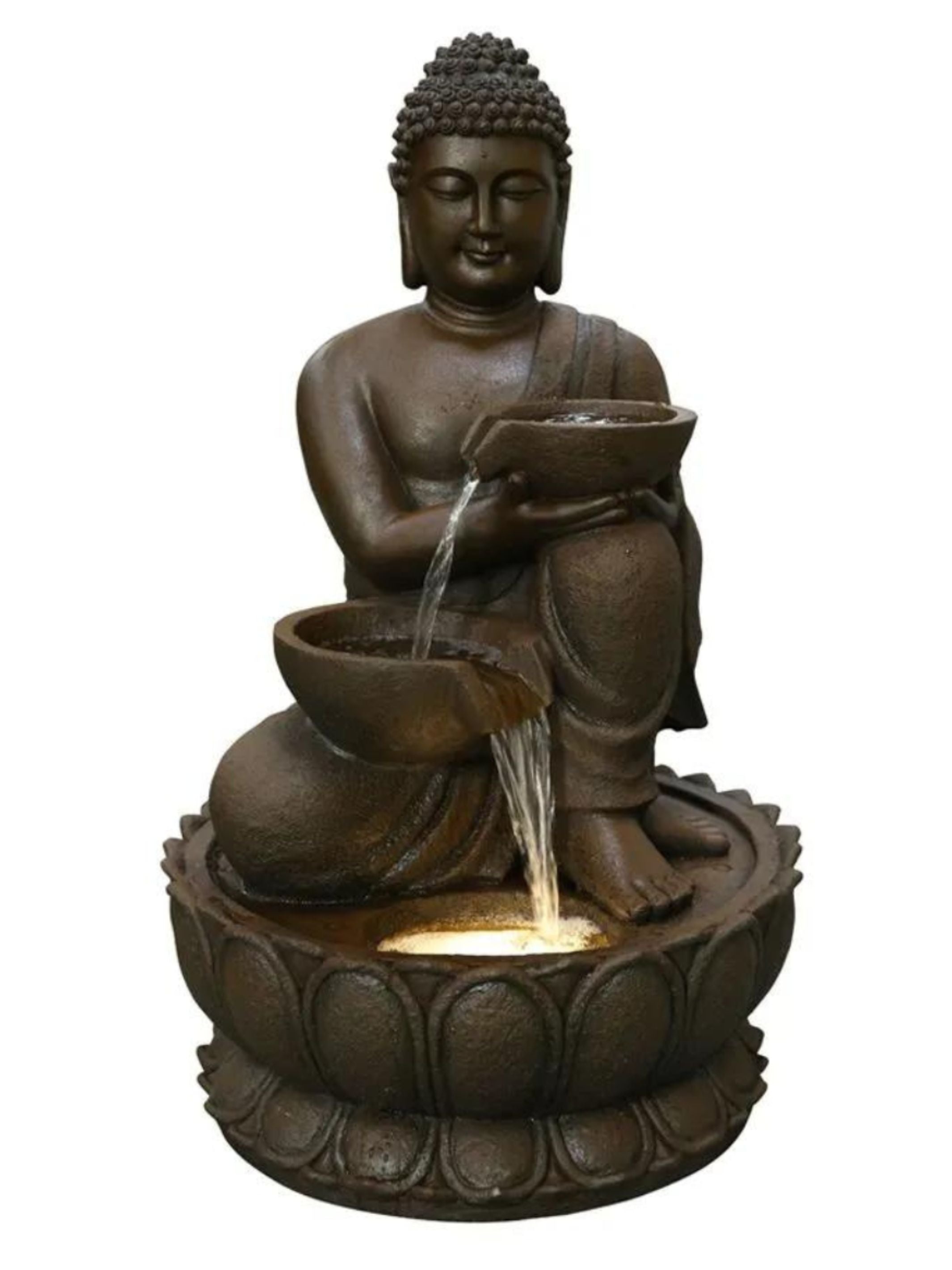

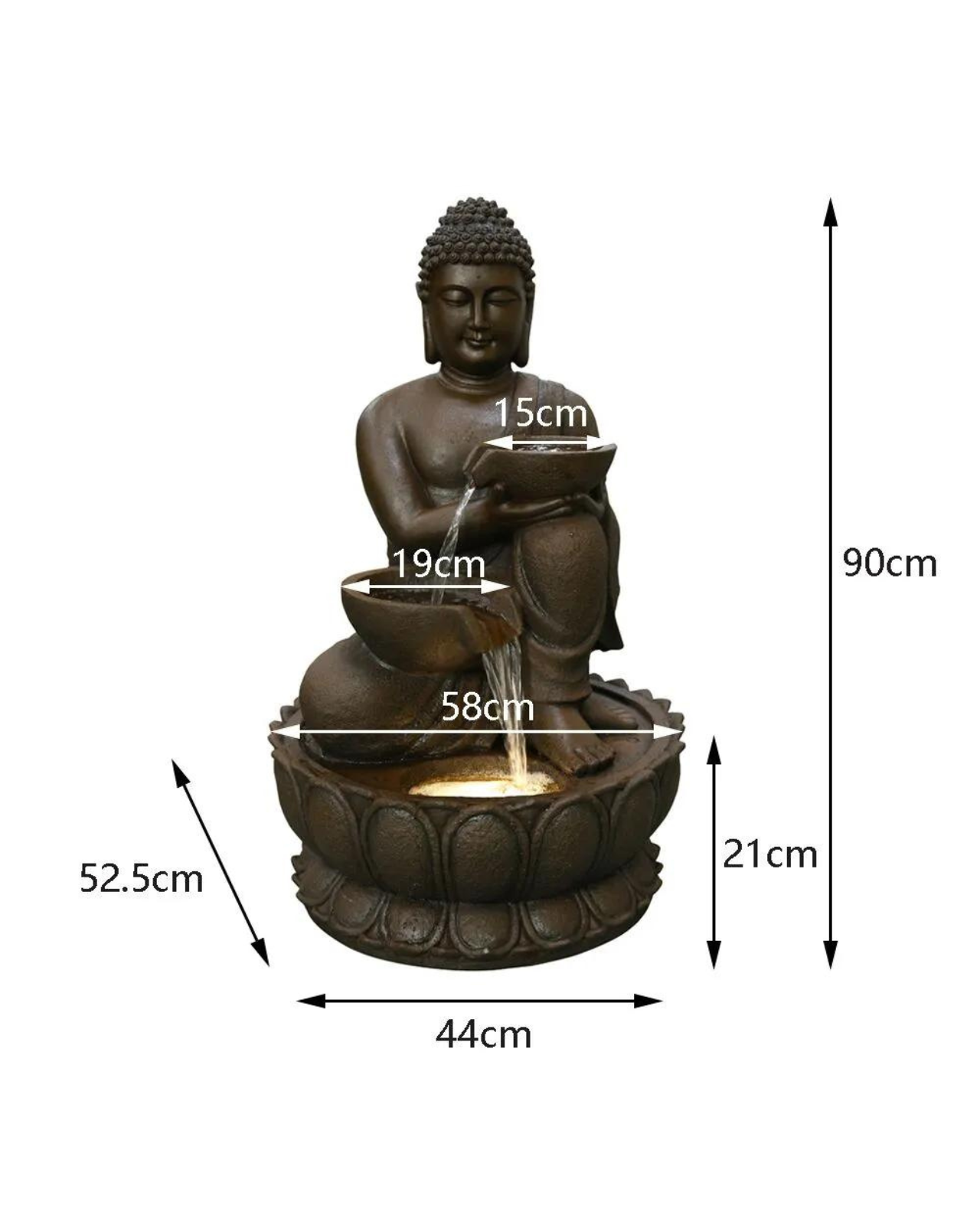
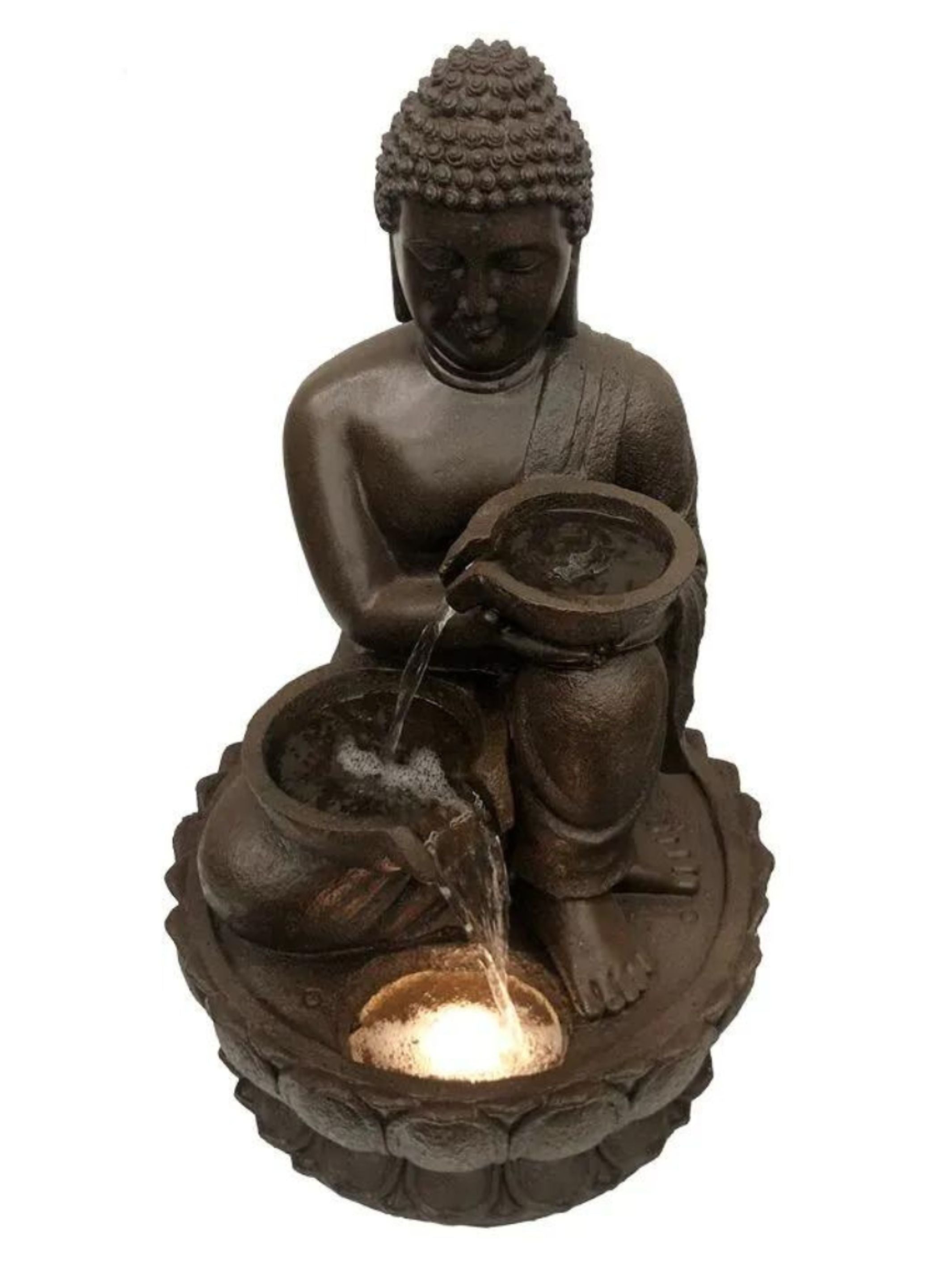
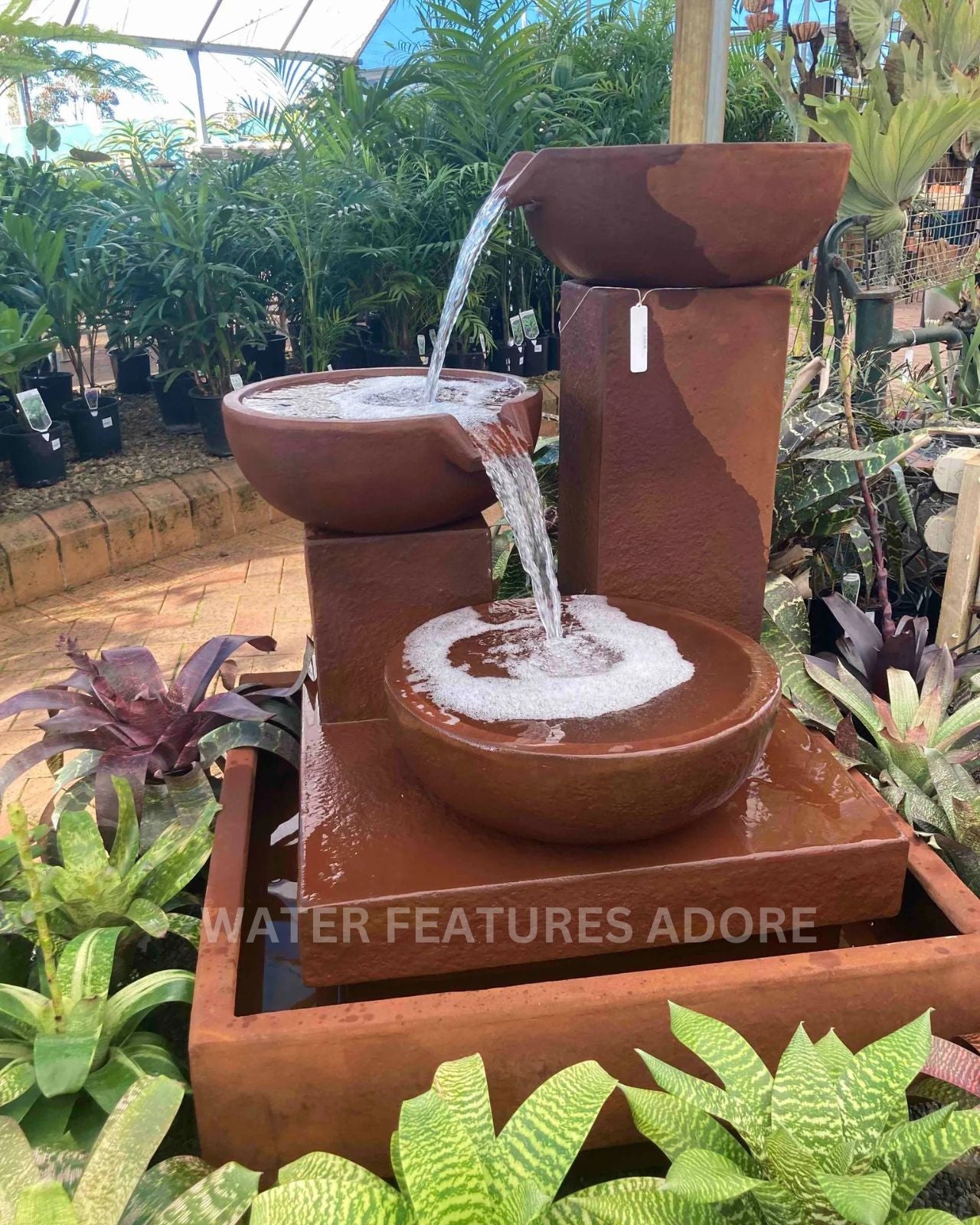


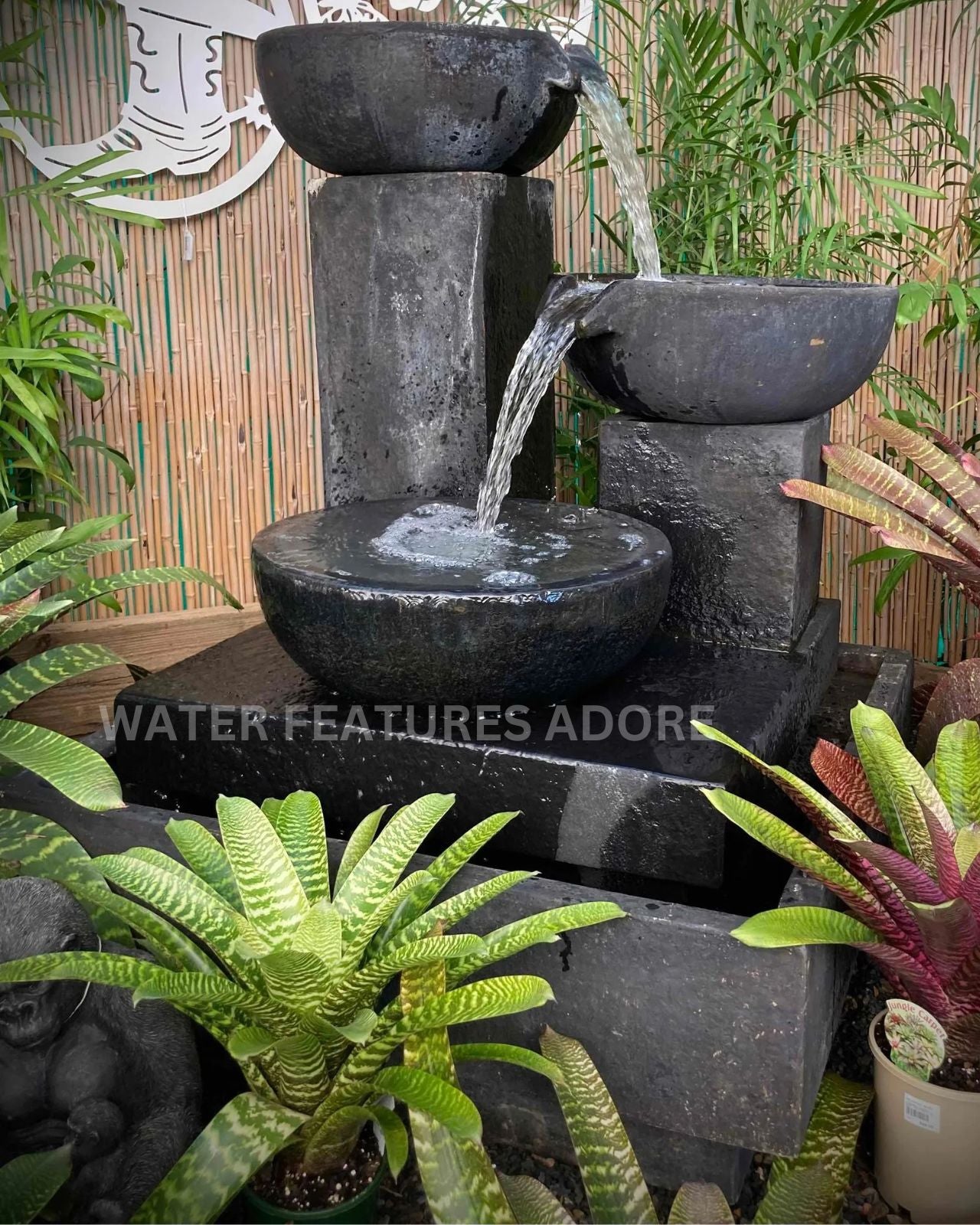
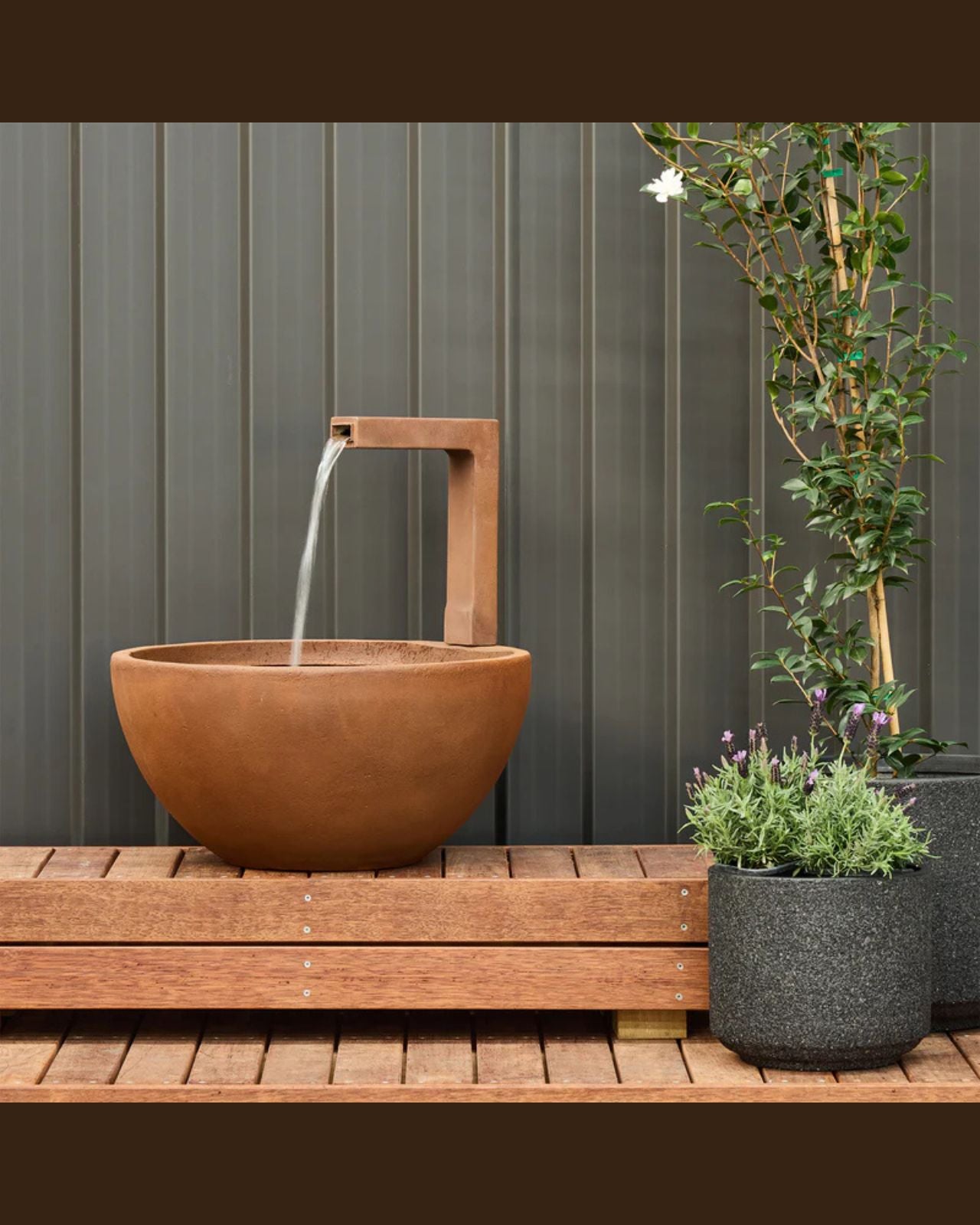

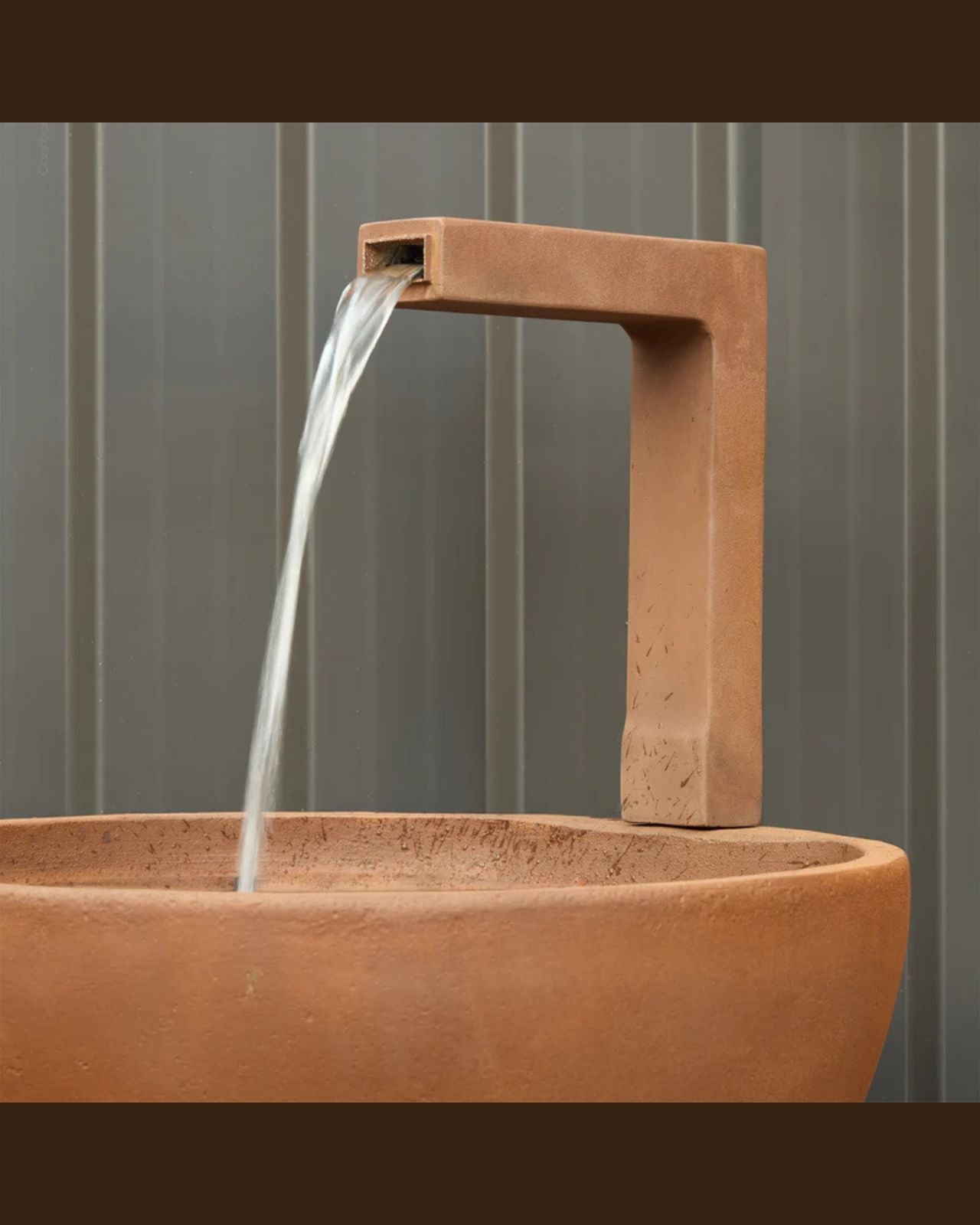
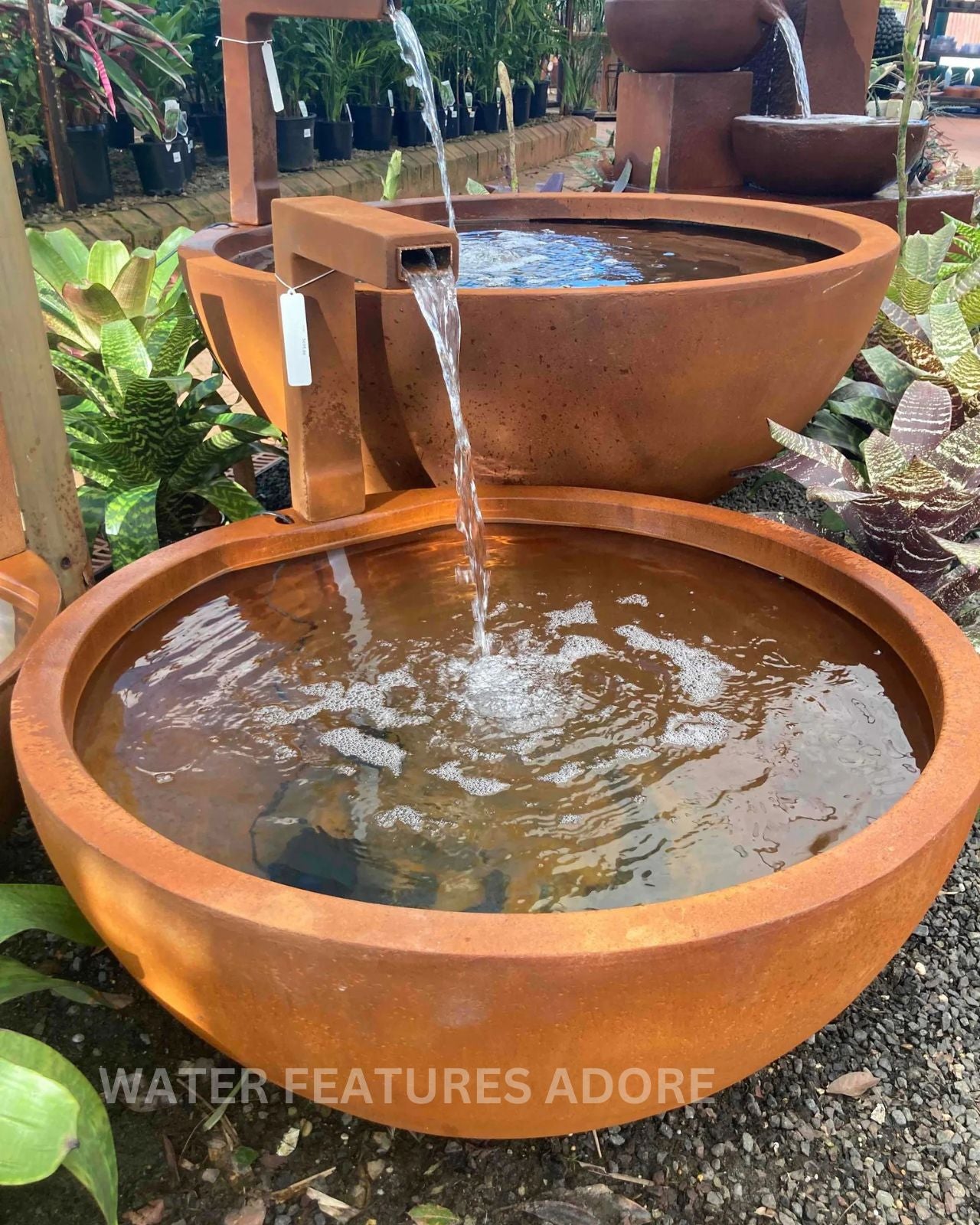
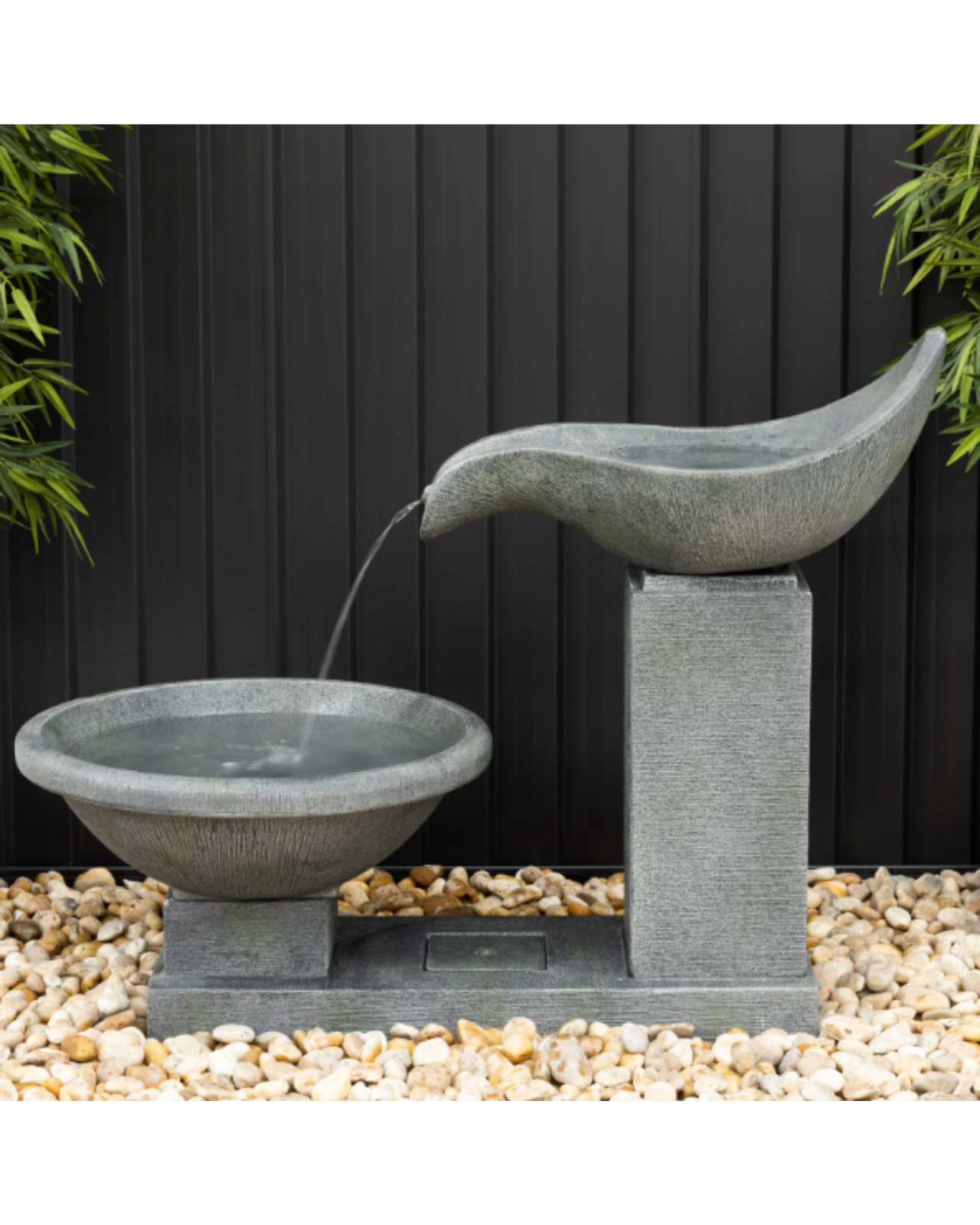
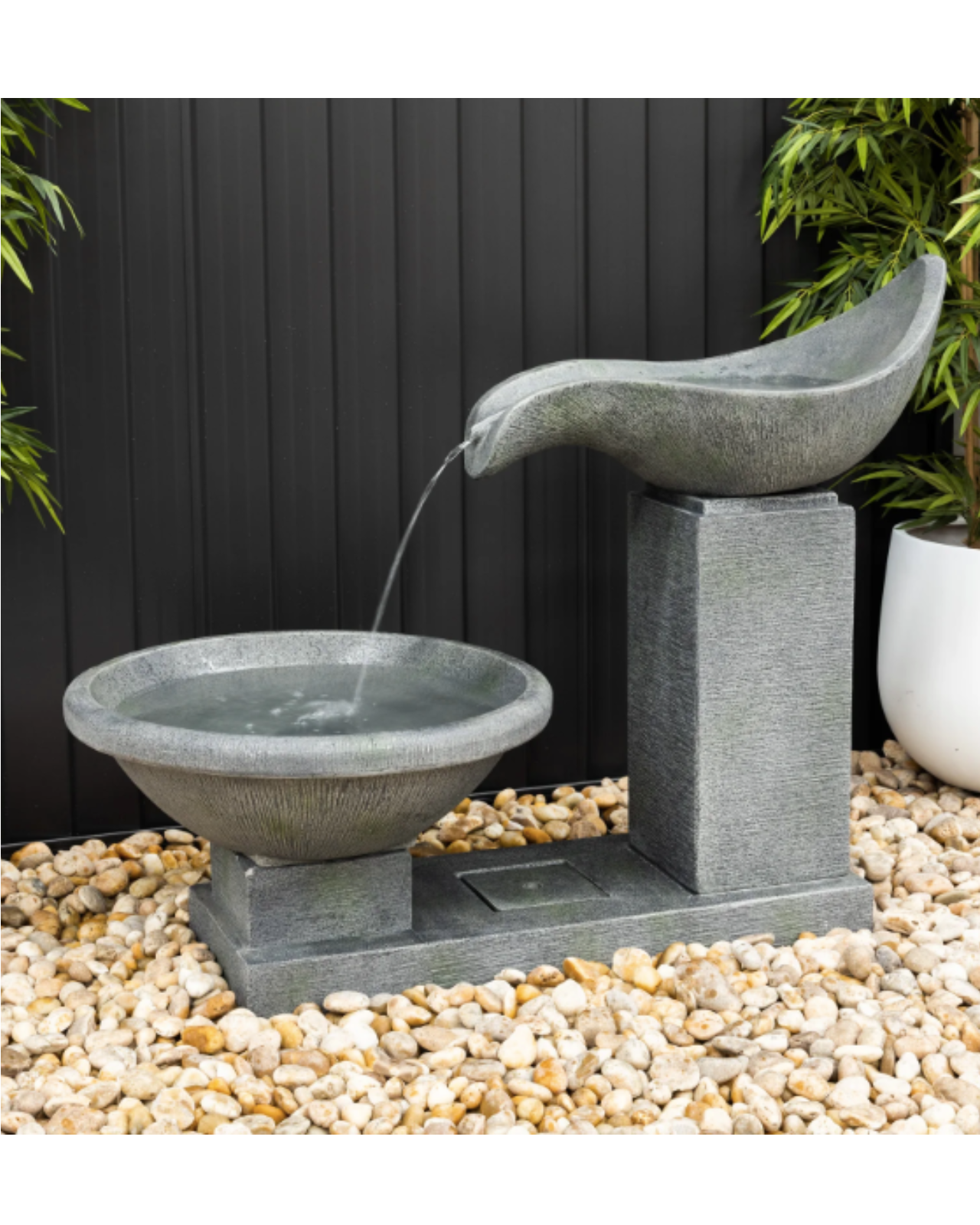
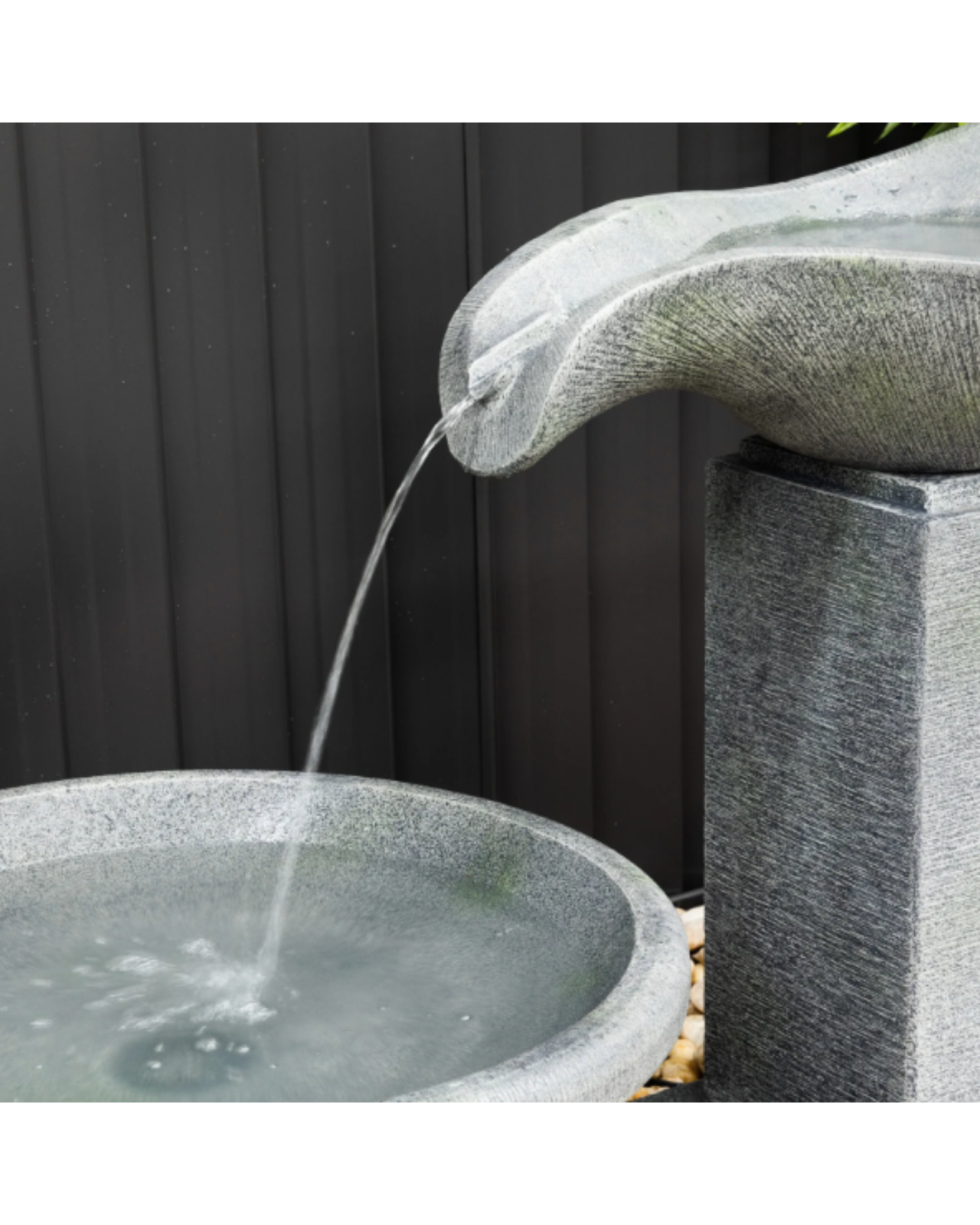

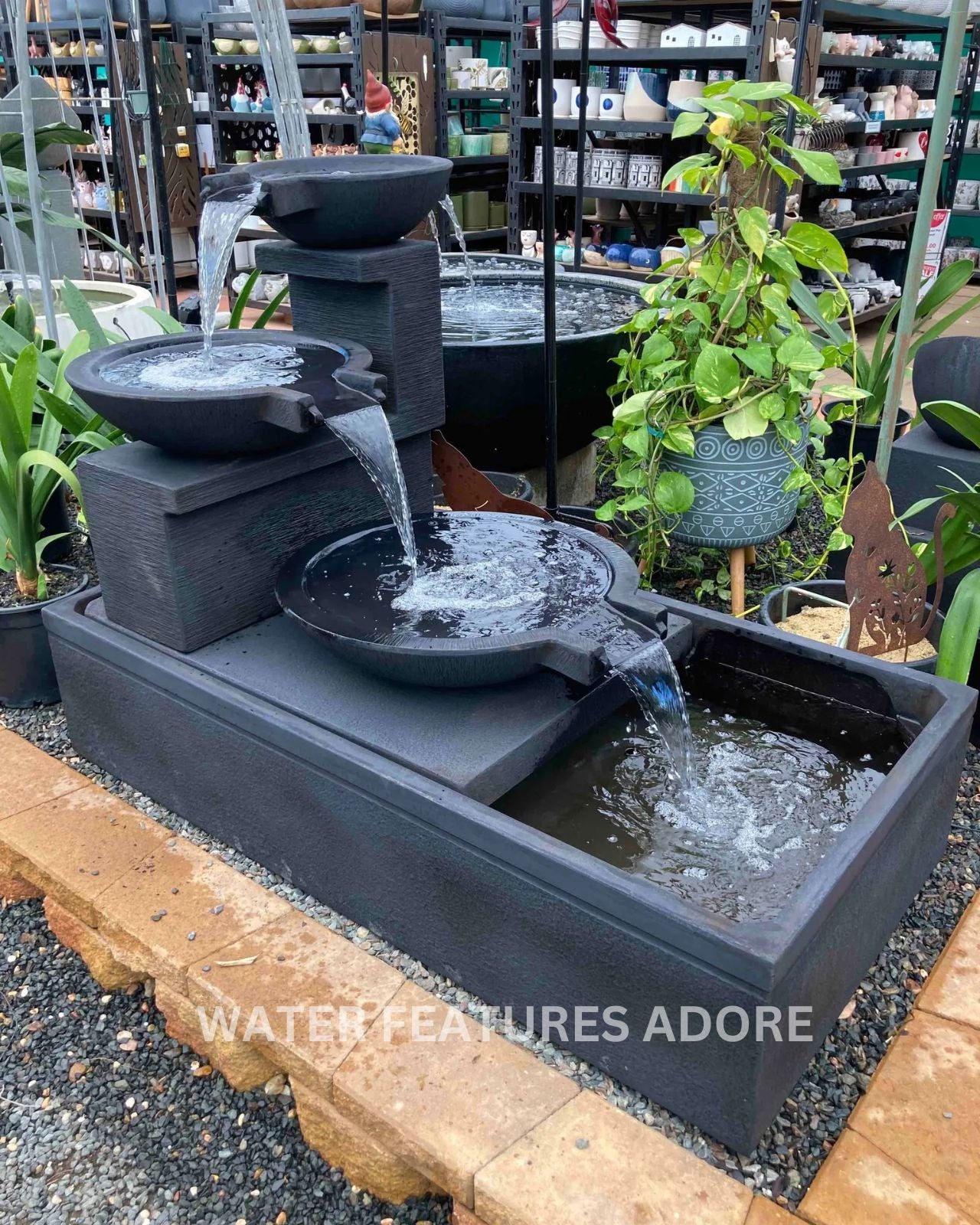



Share:
Why Stainless Steel? The Durability and Longevity of Steel Water Fountains
Garden Urns 101: Selecting, Installing, and Maintaining Your Perfect Piece